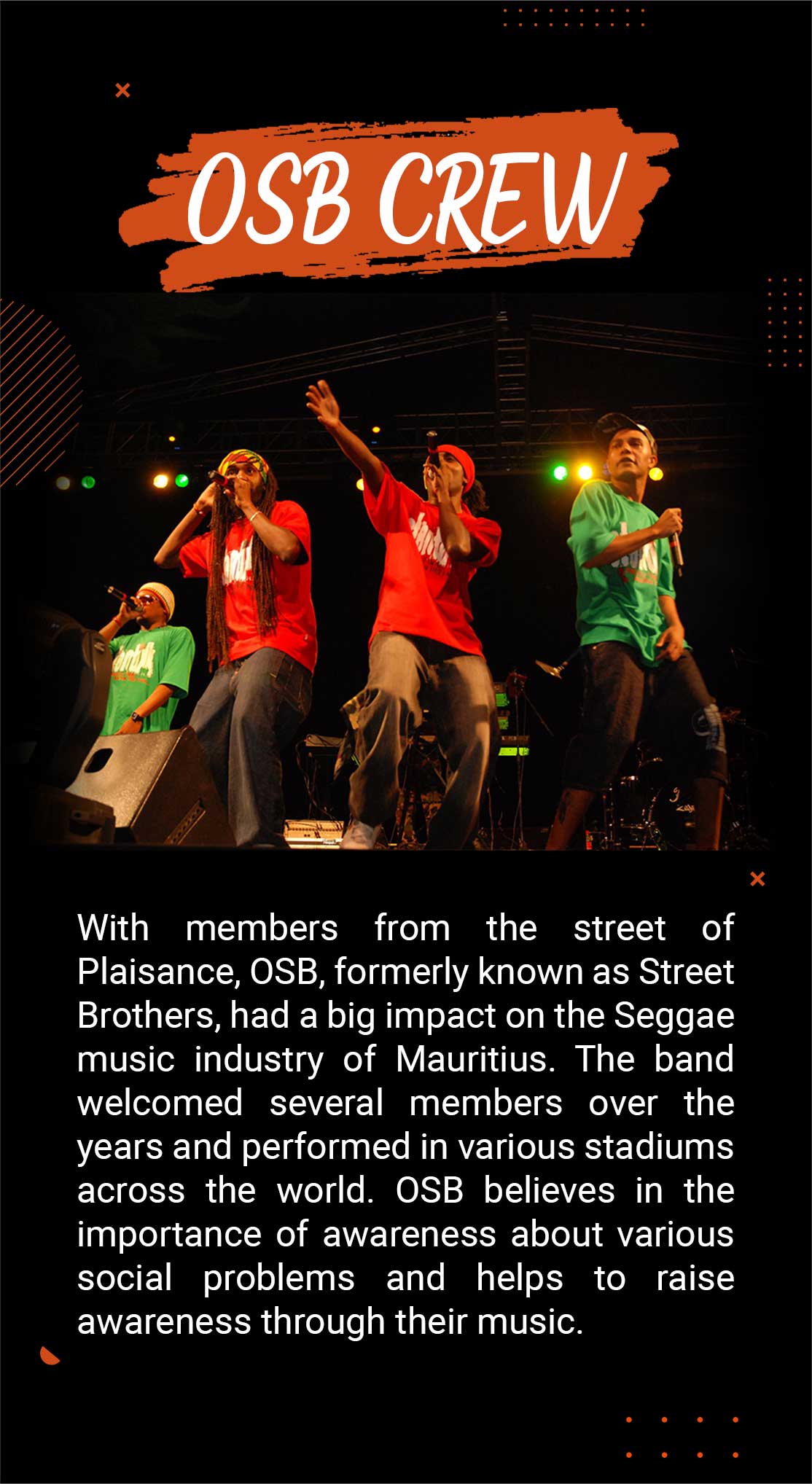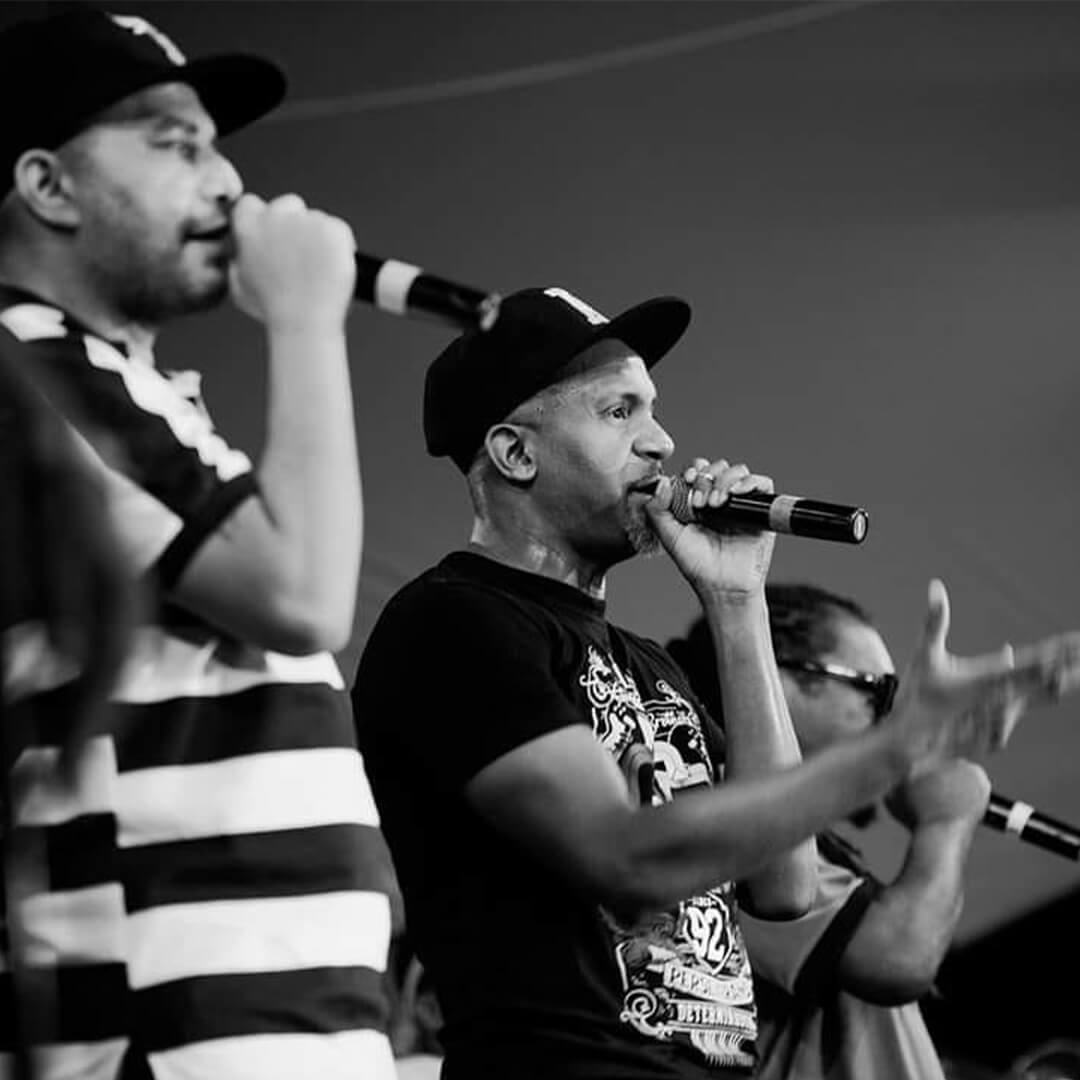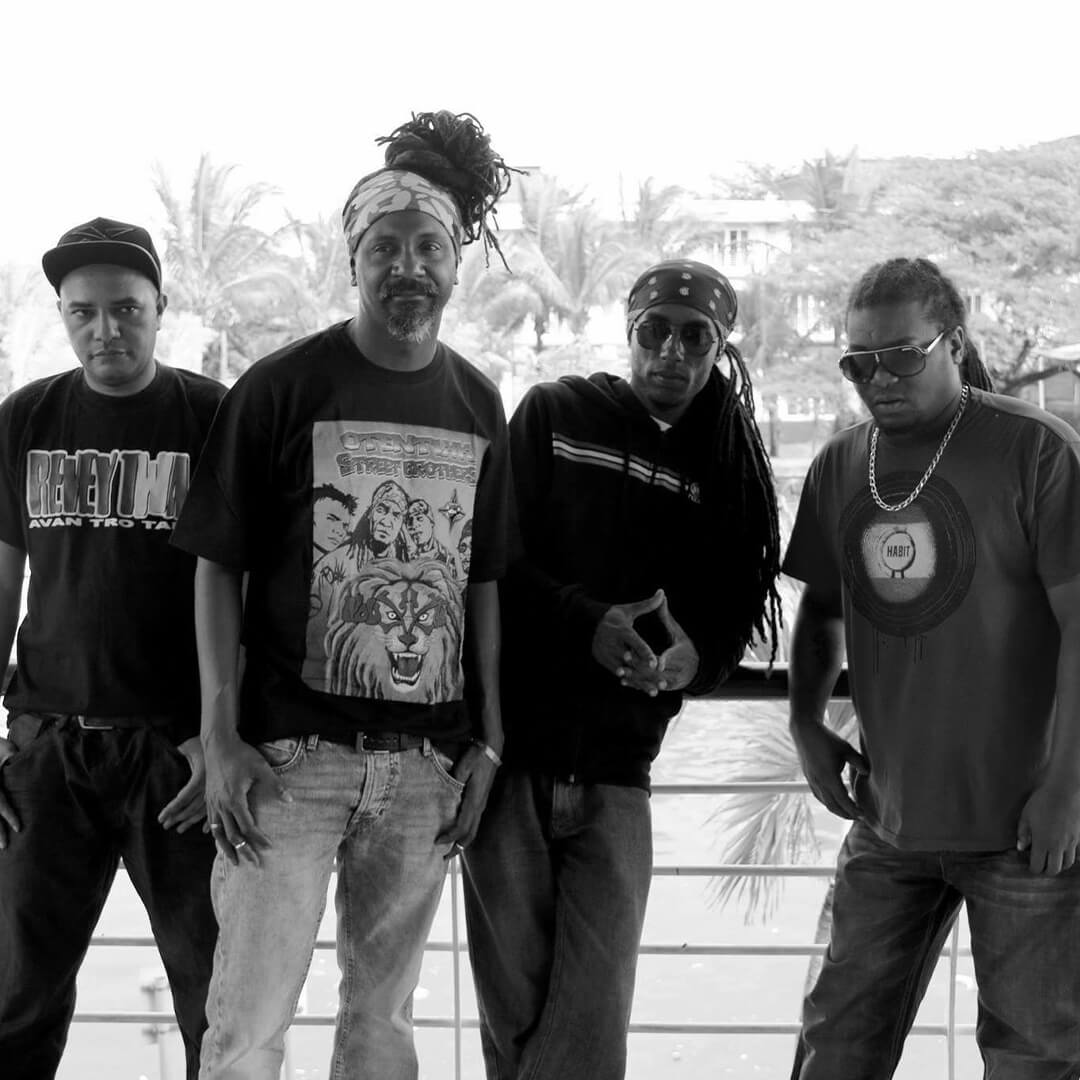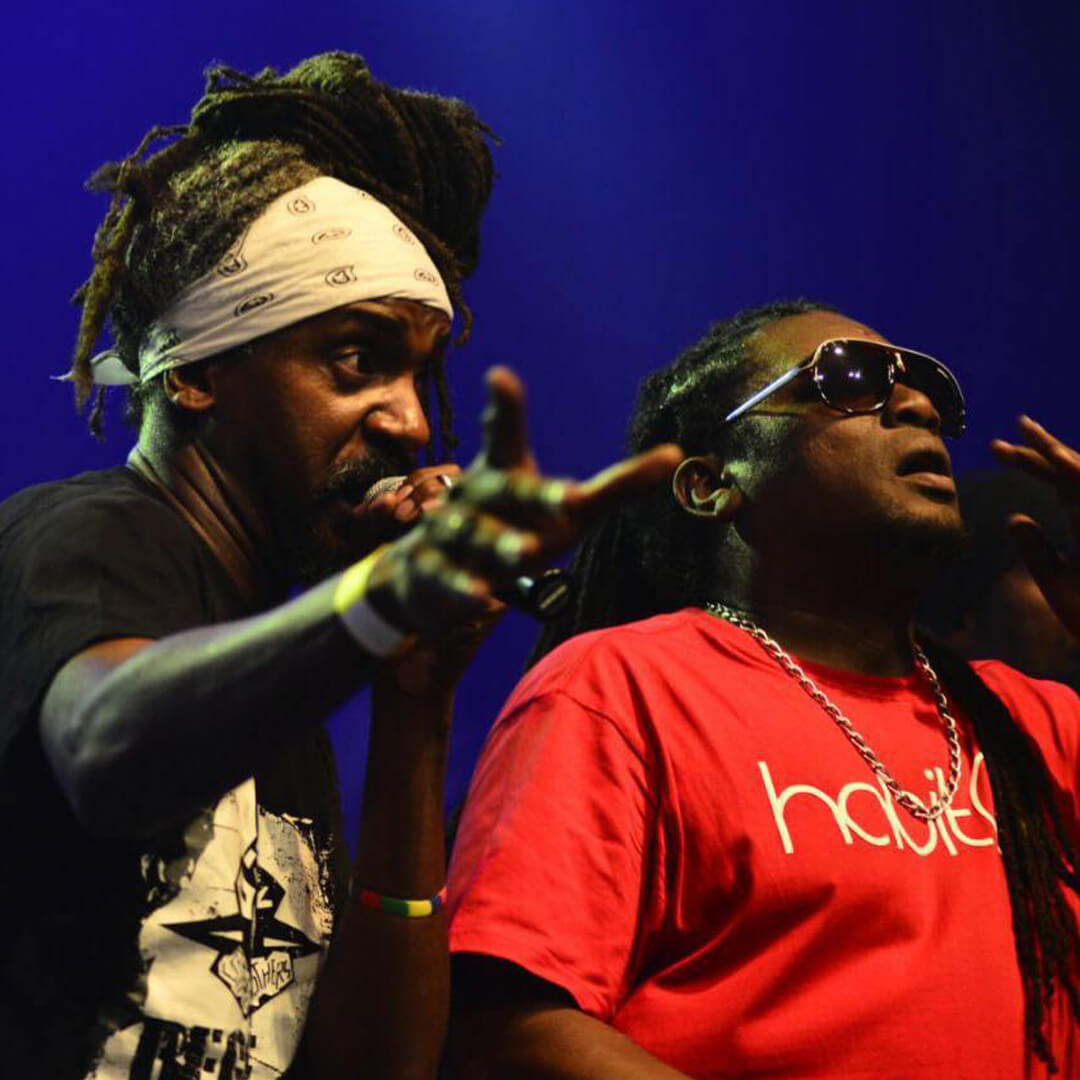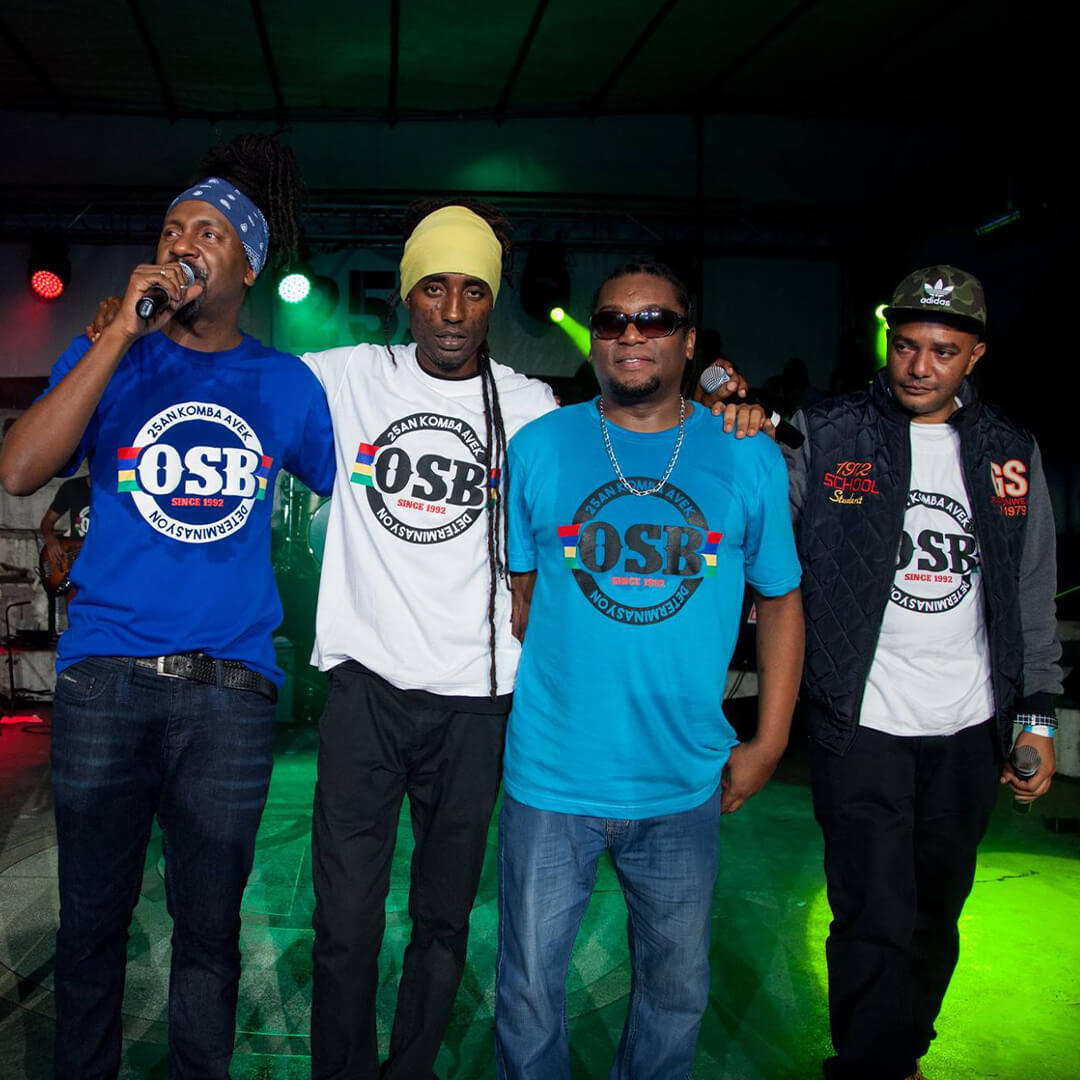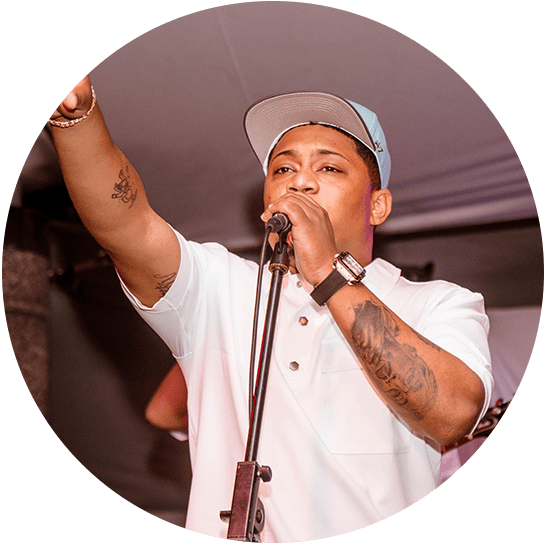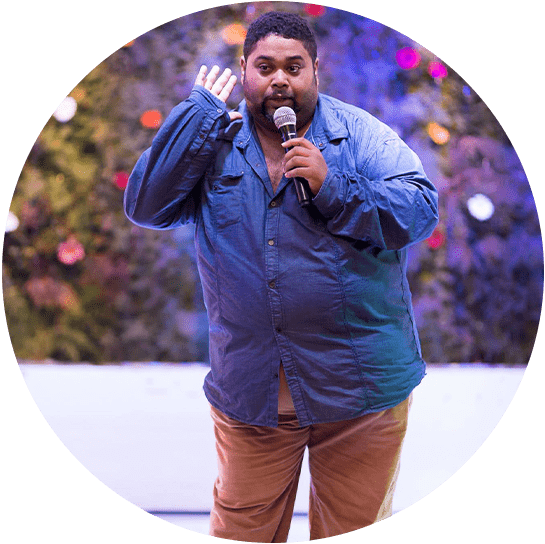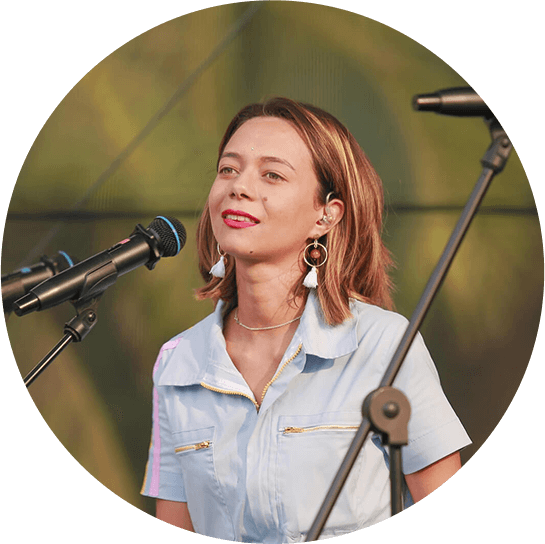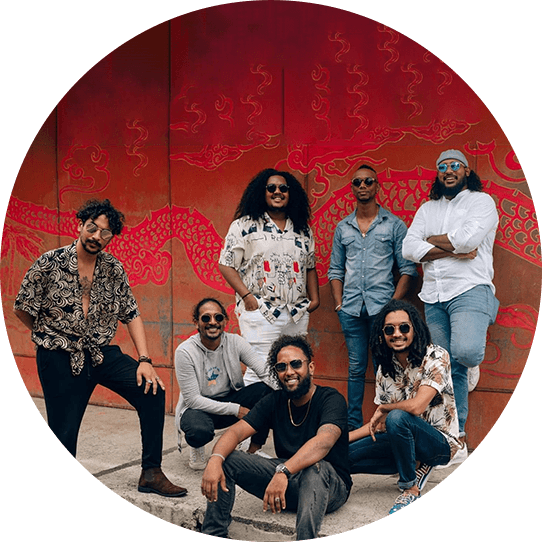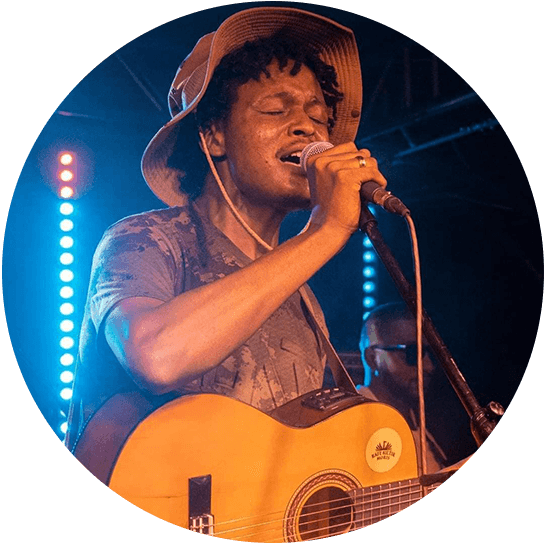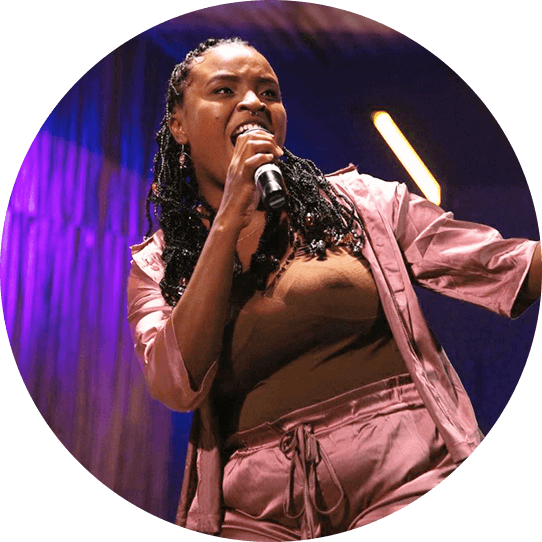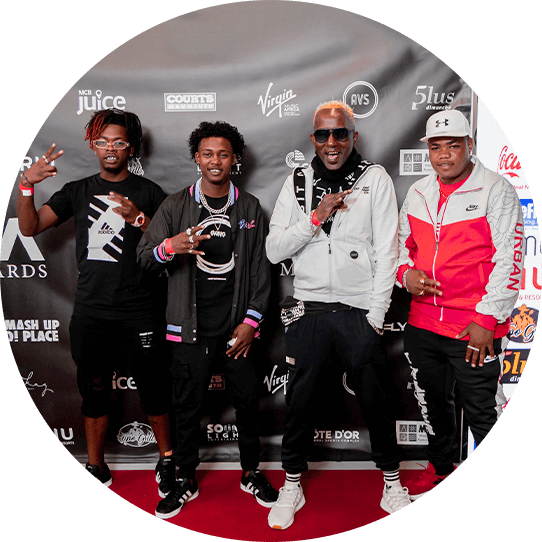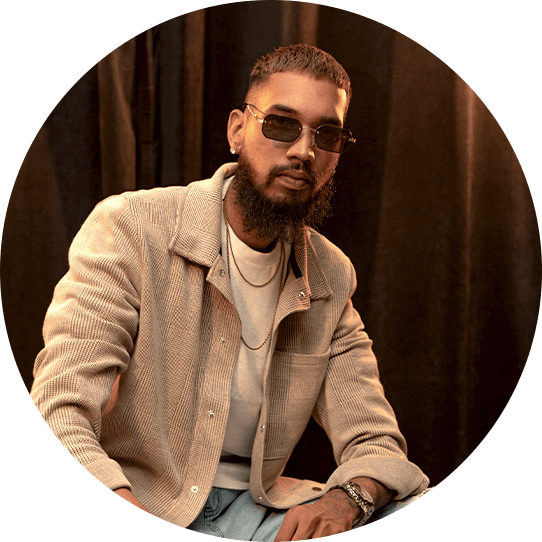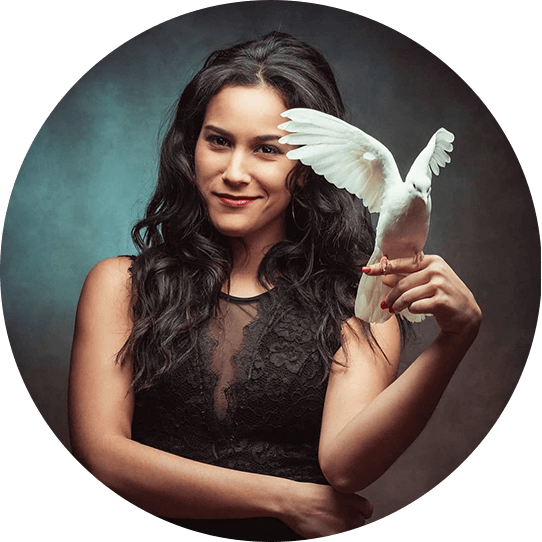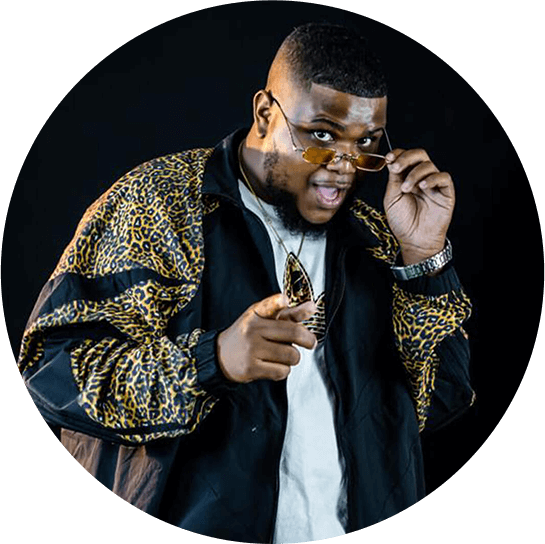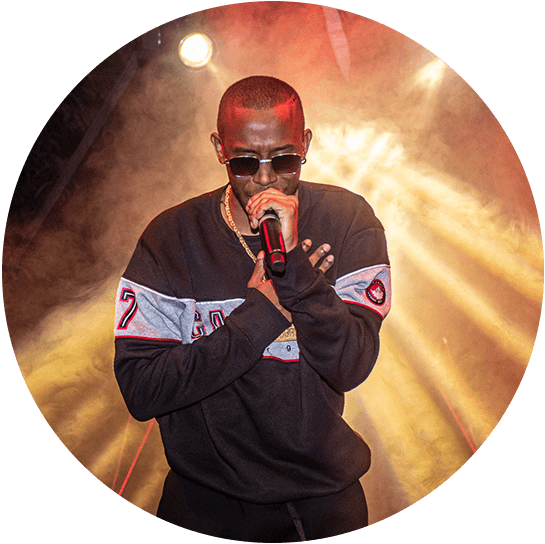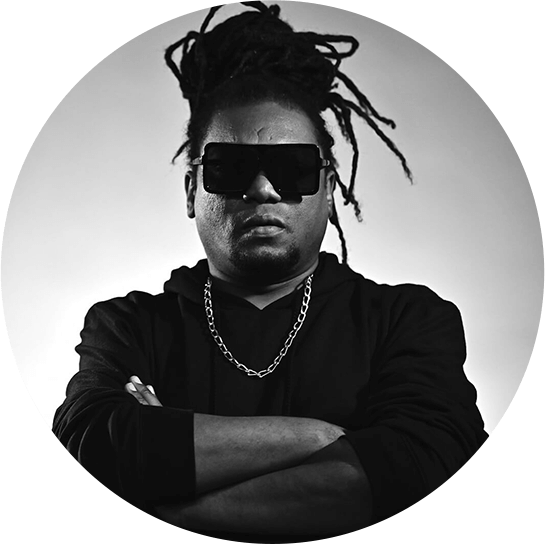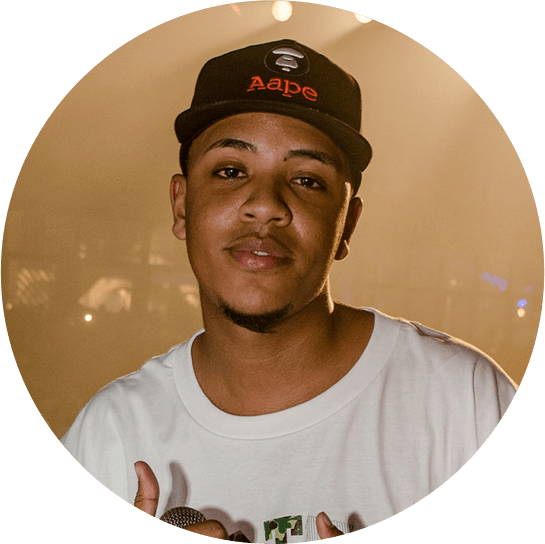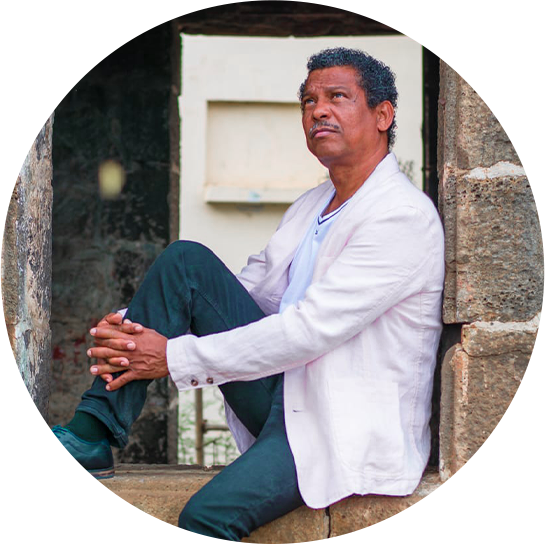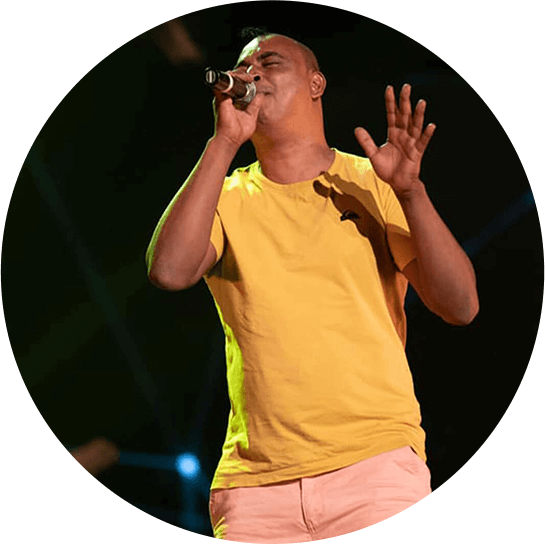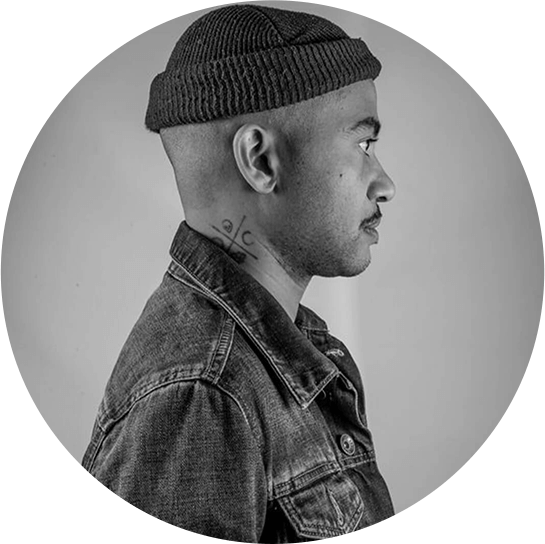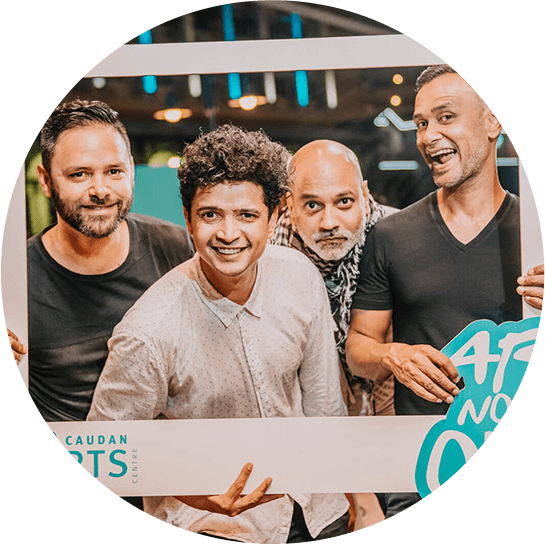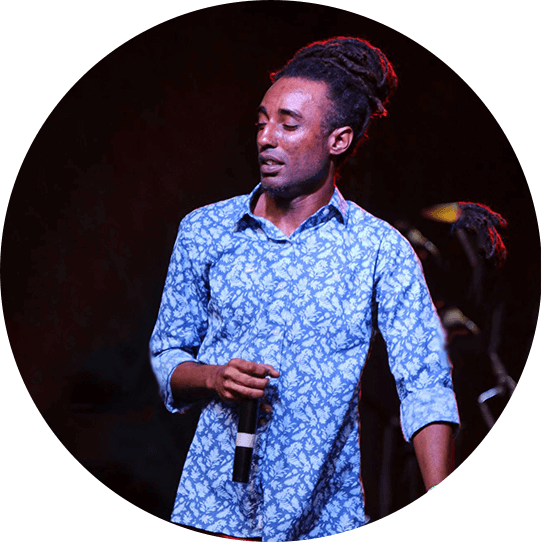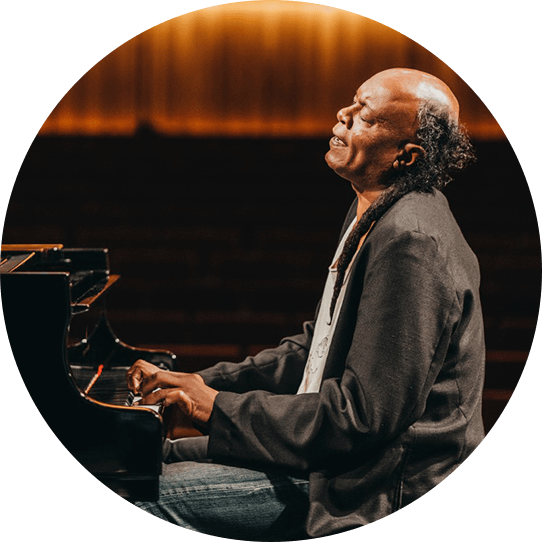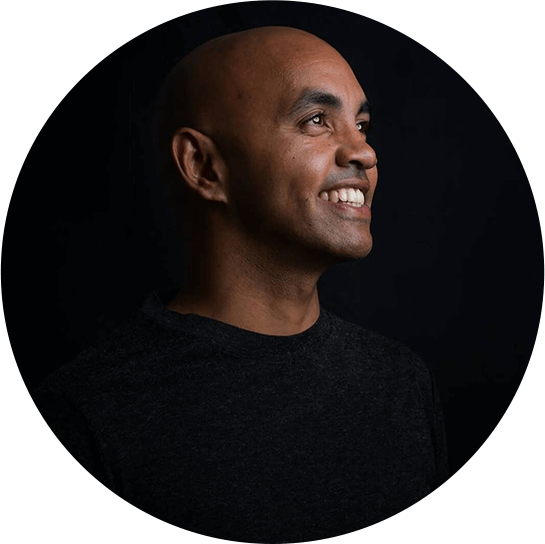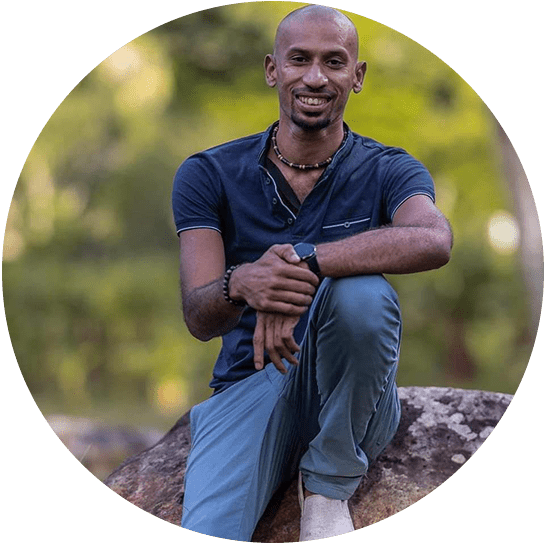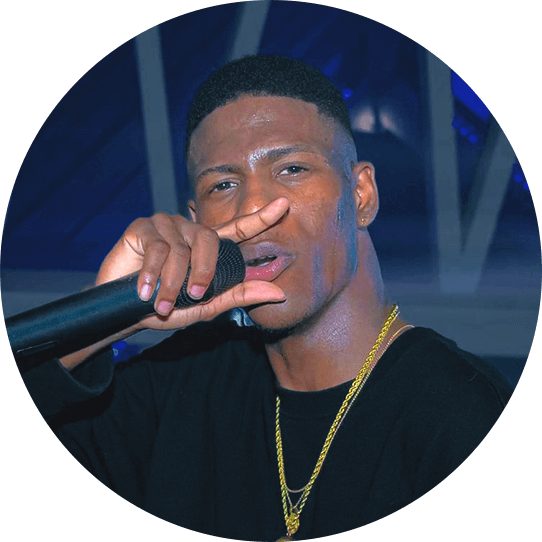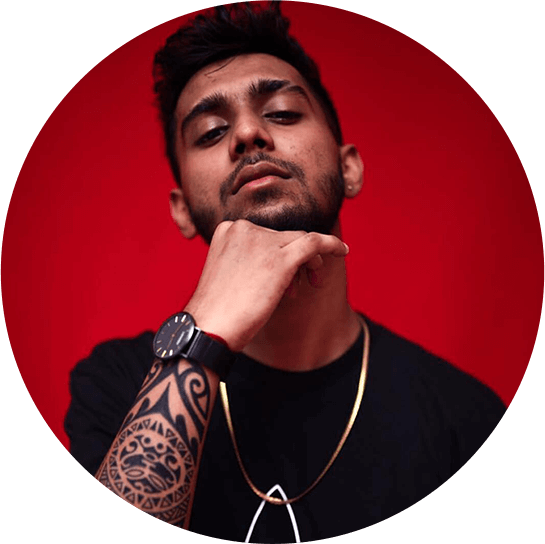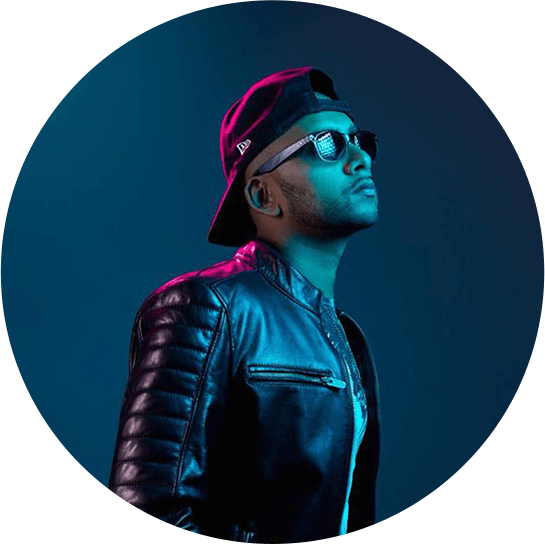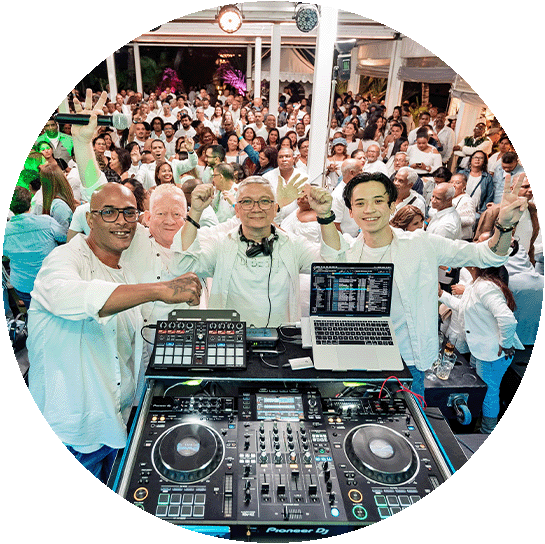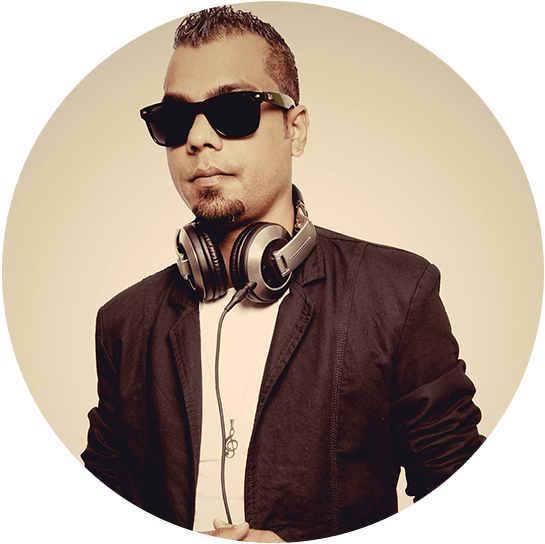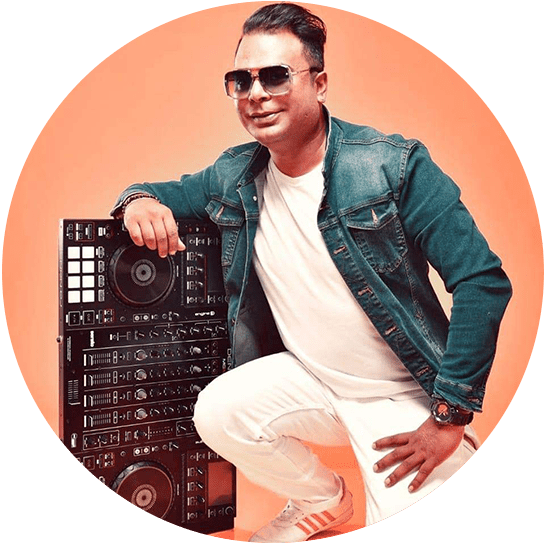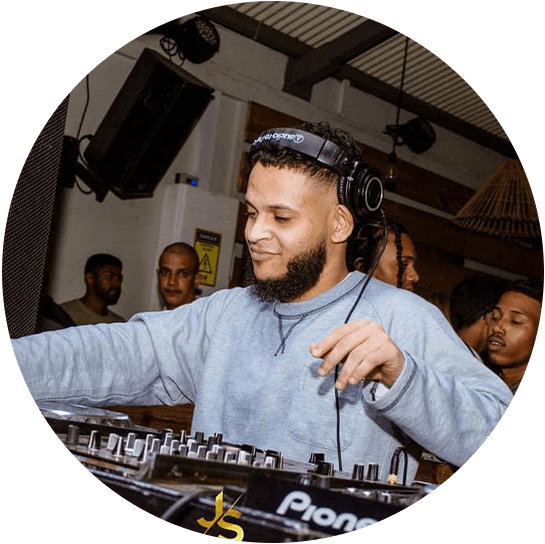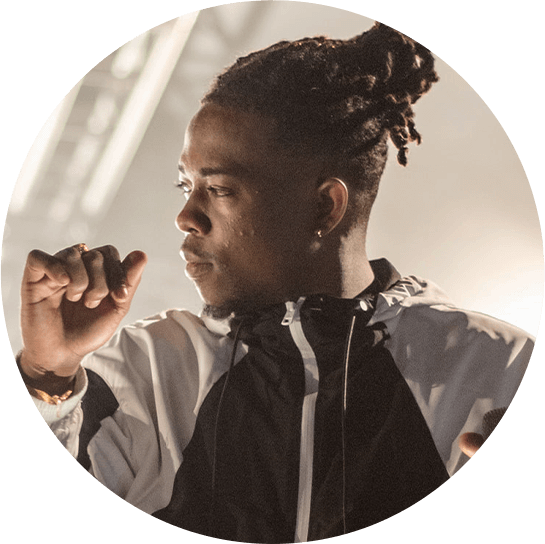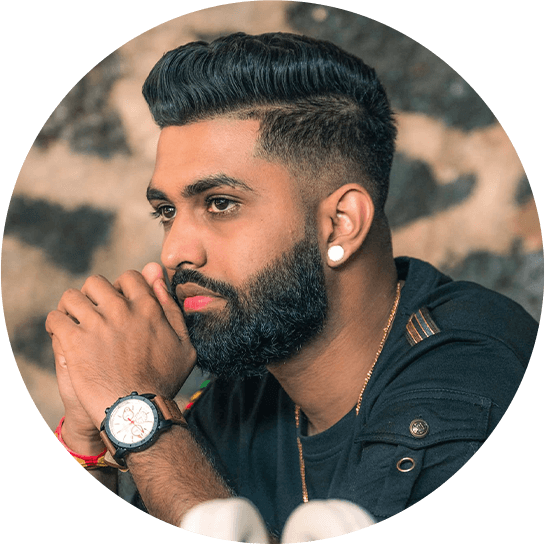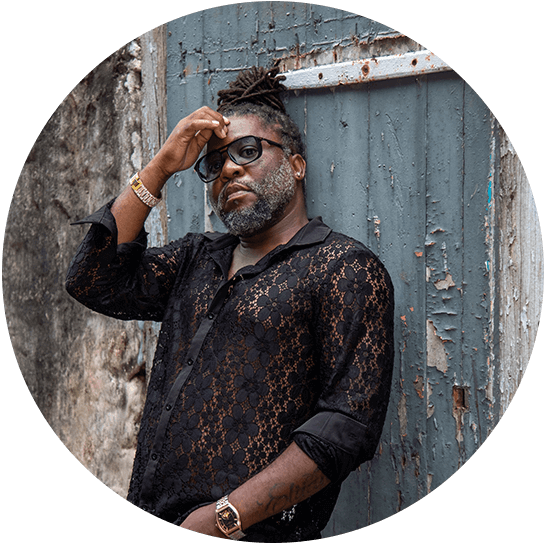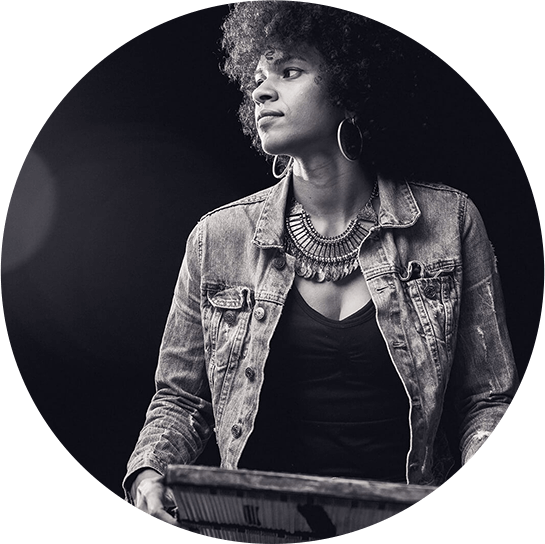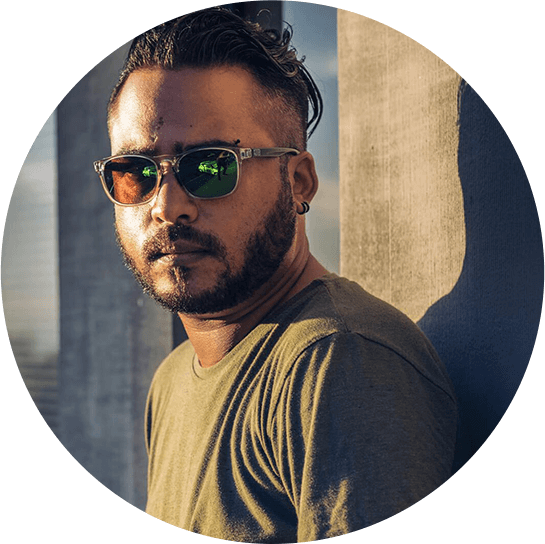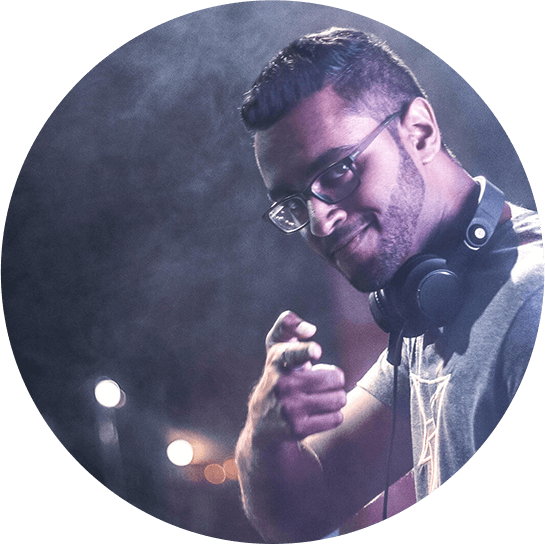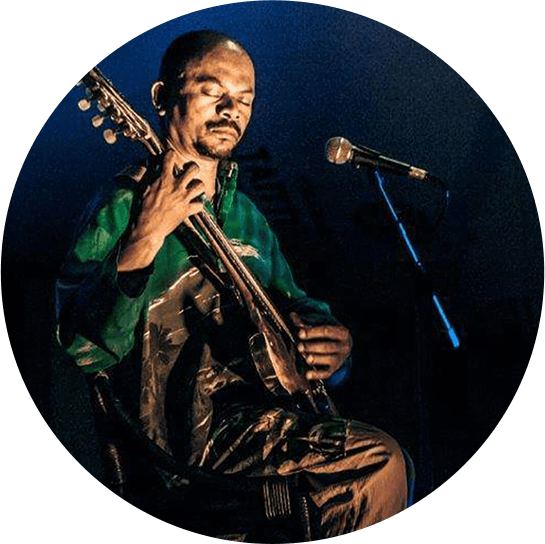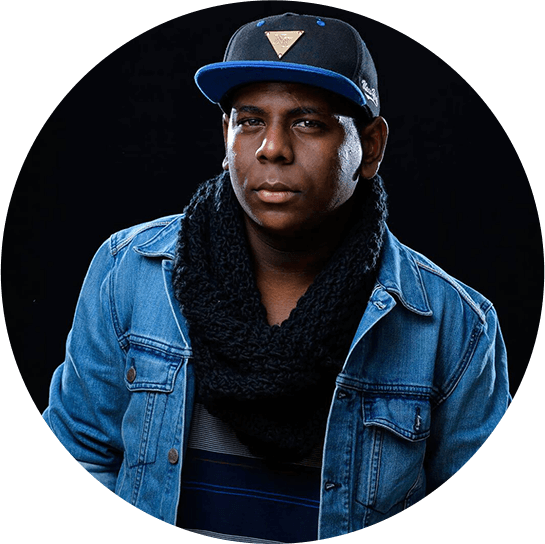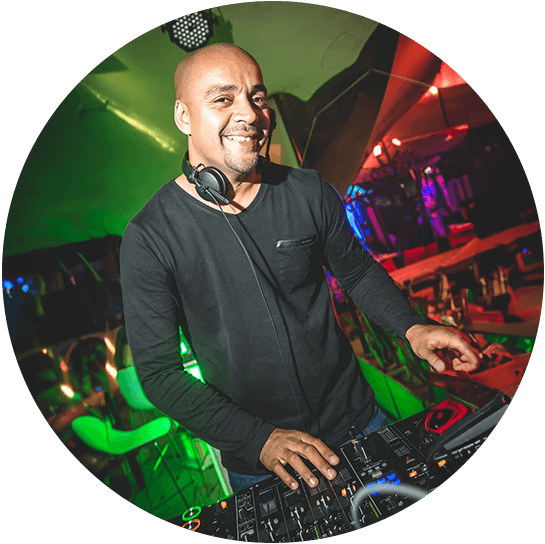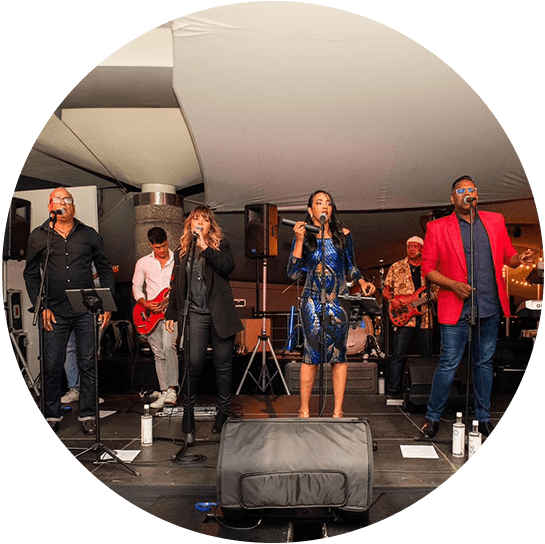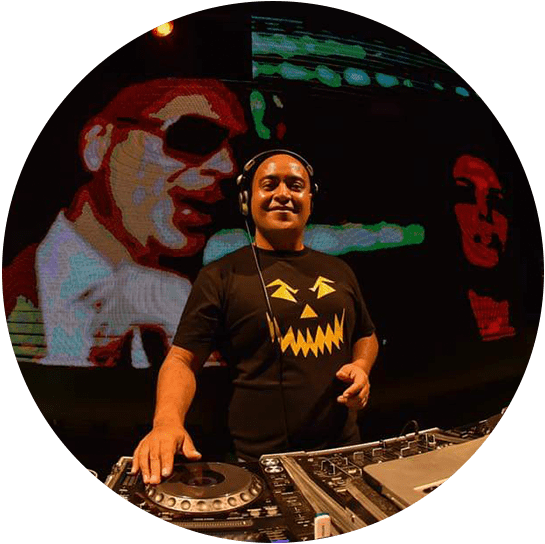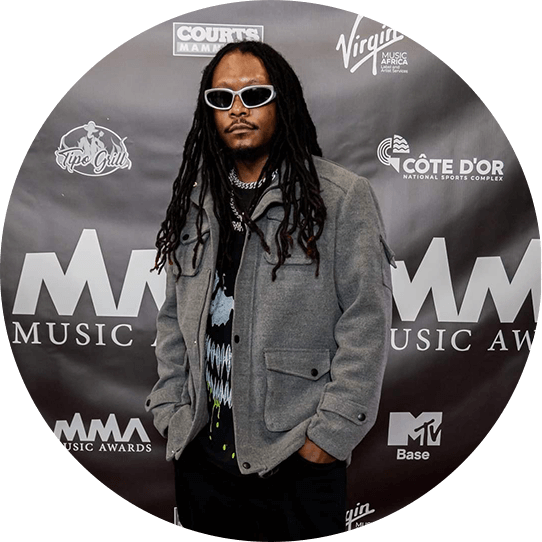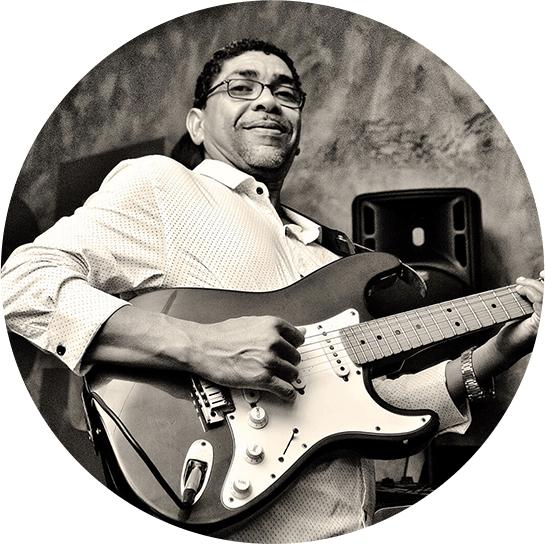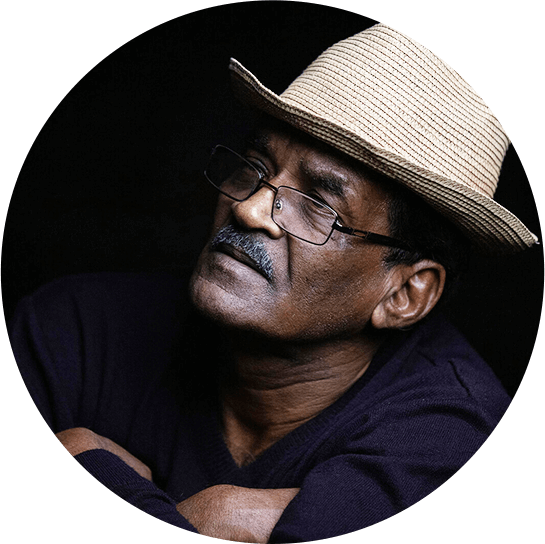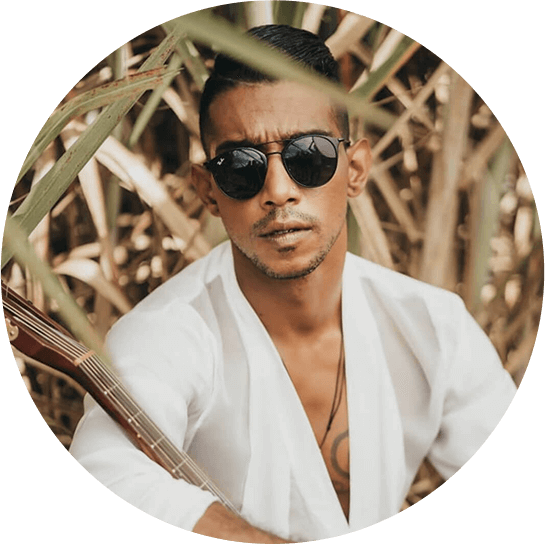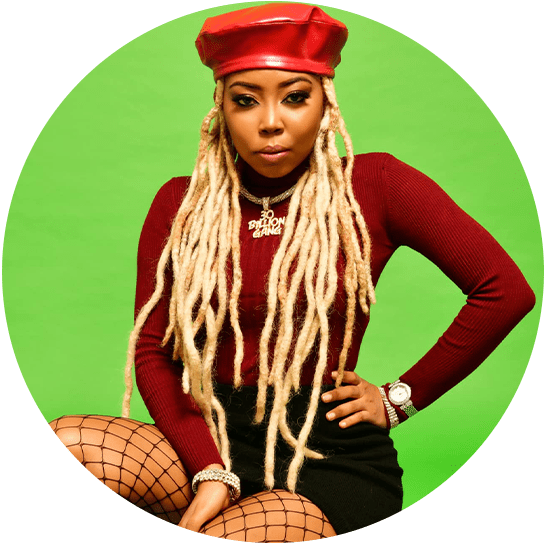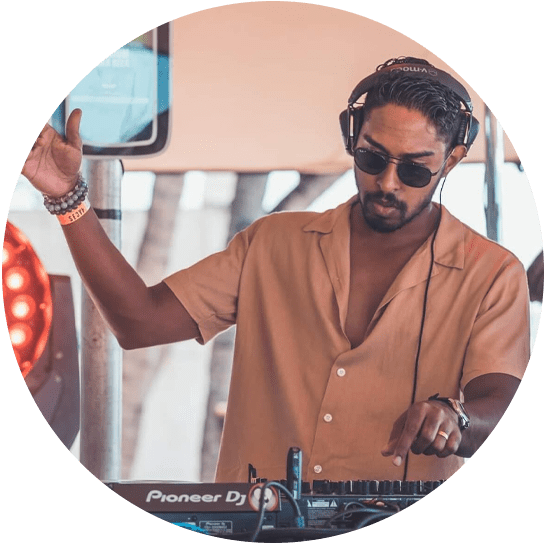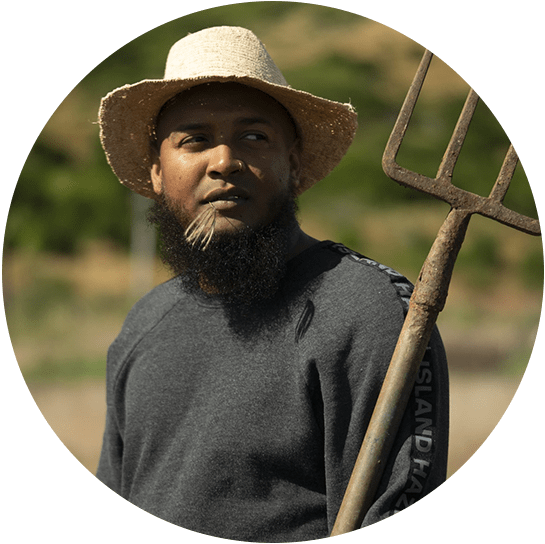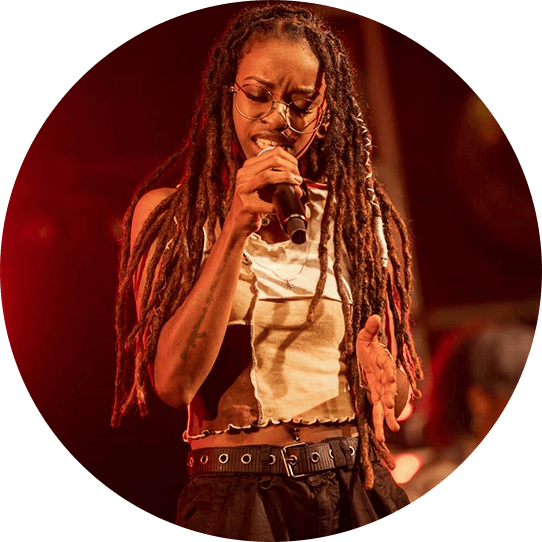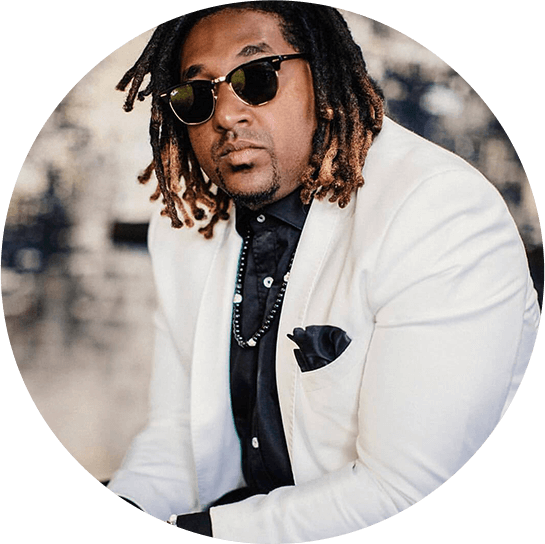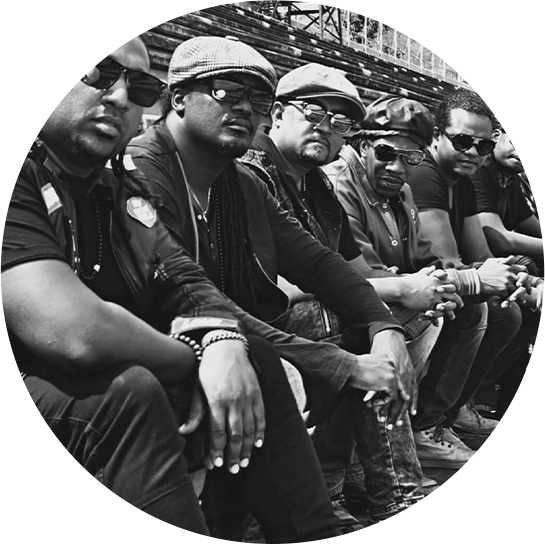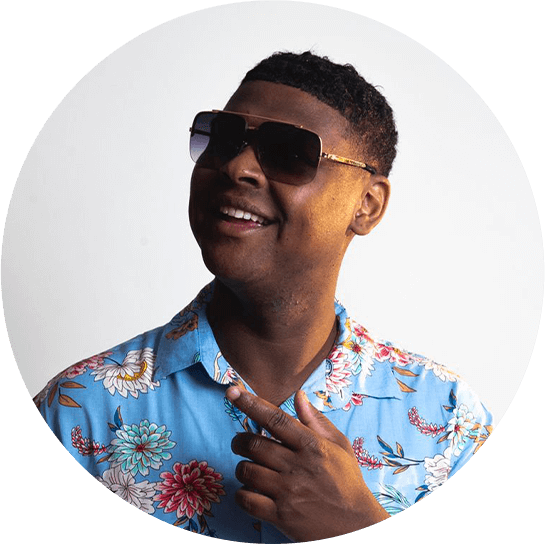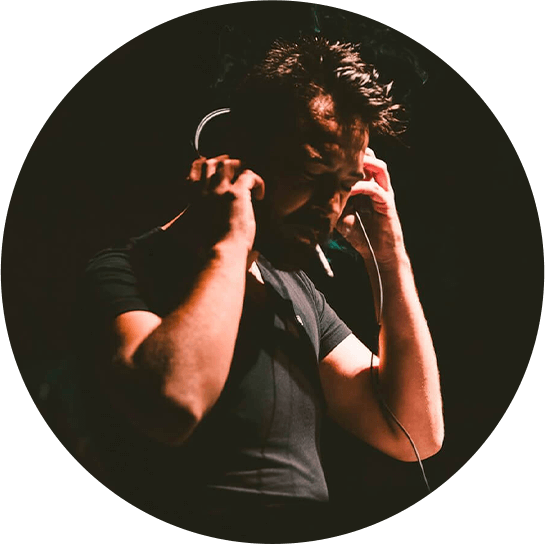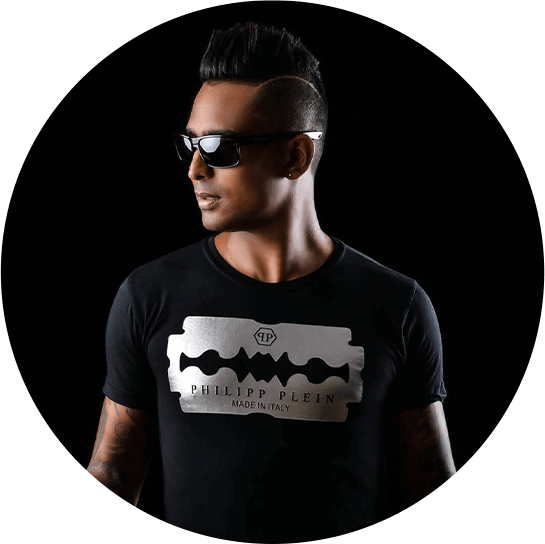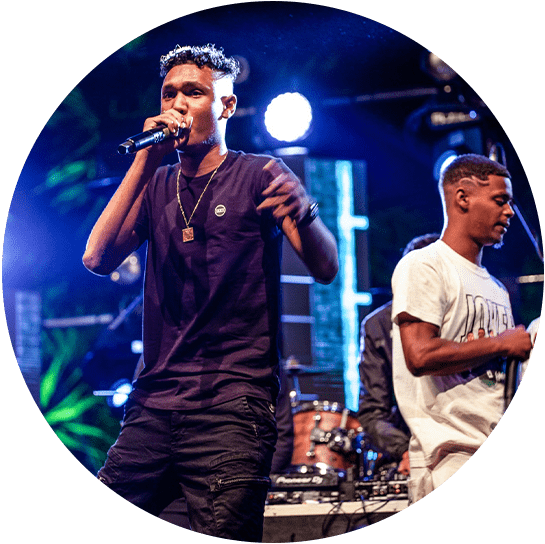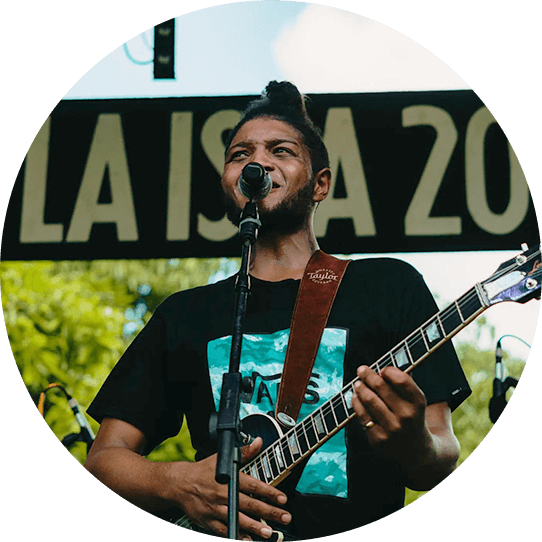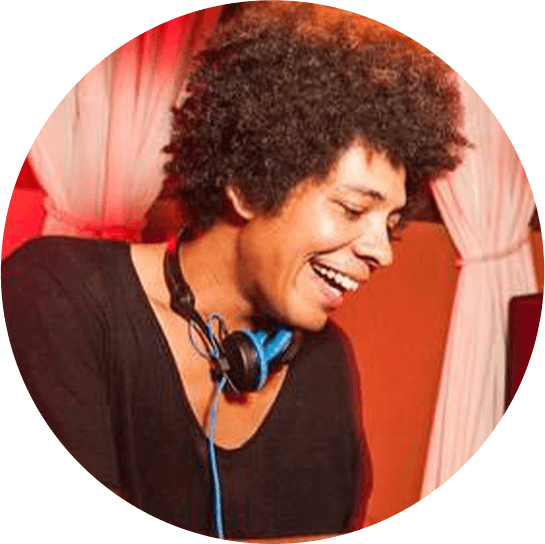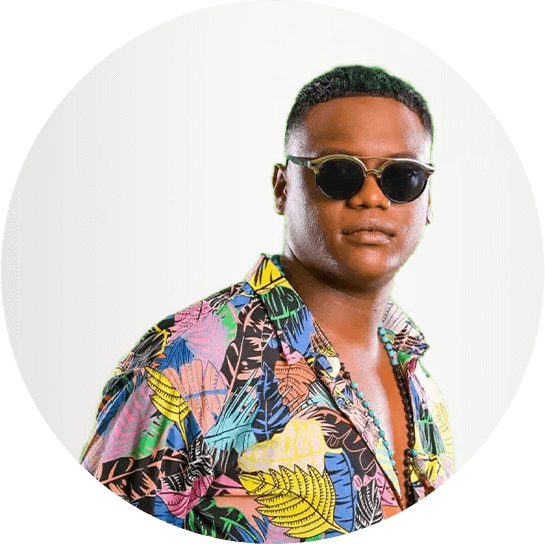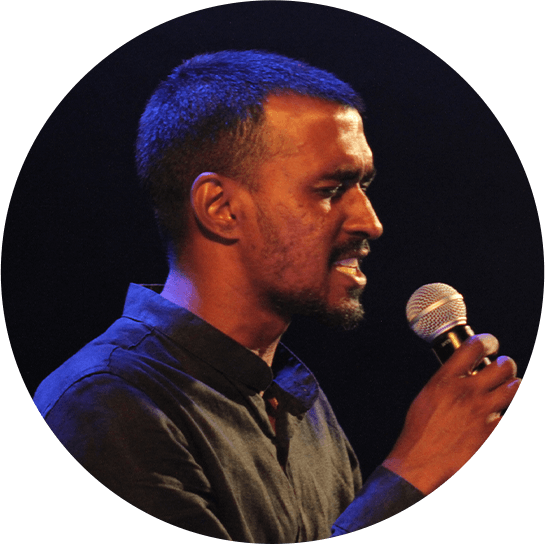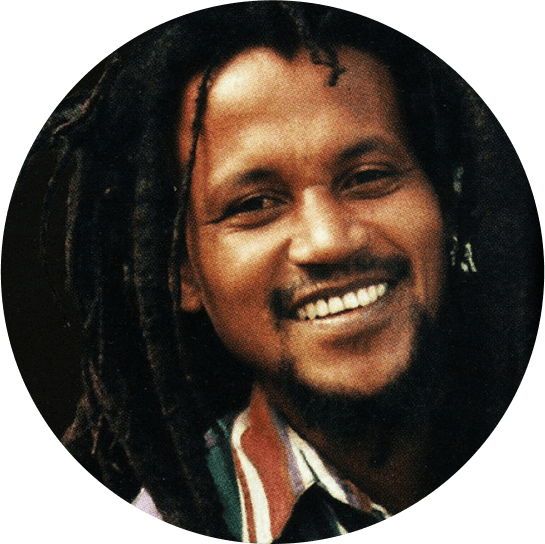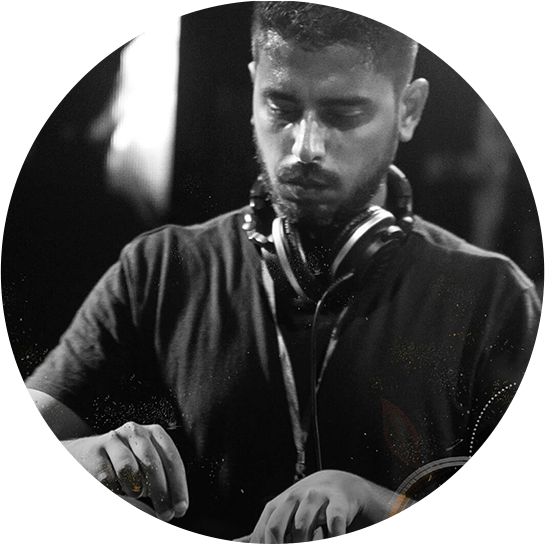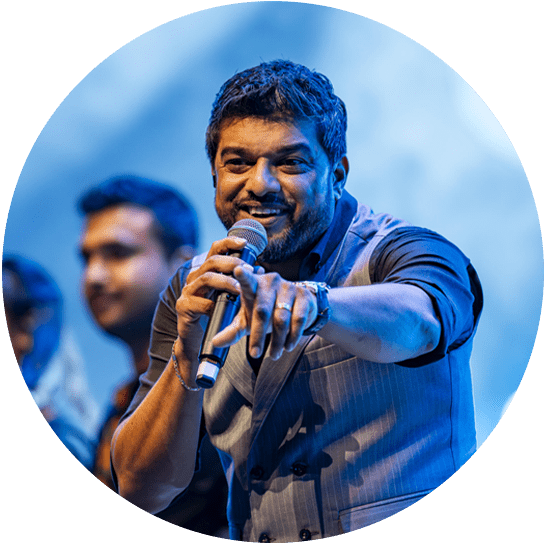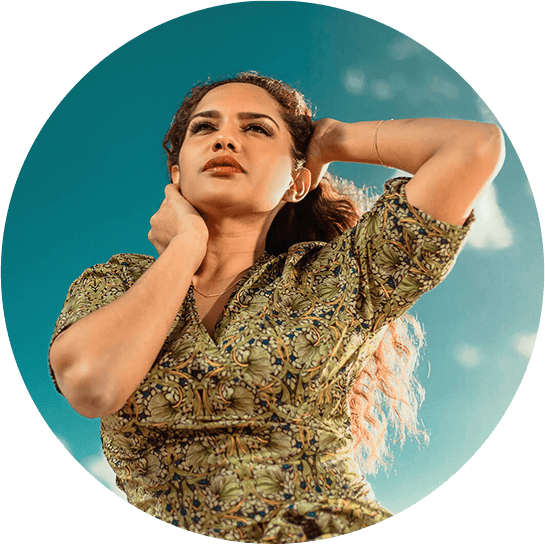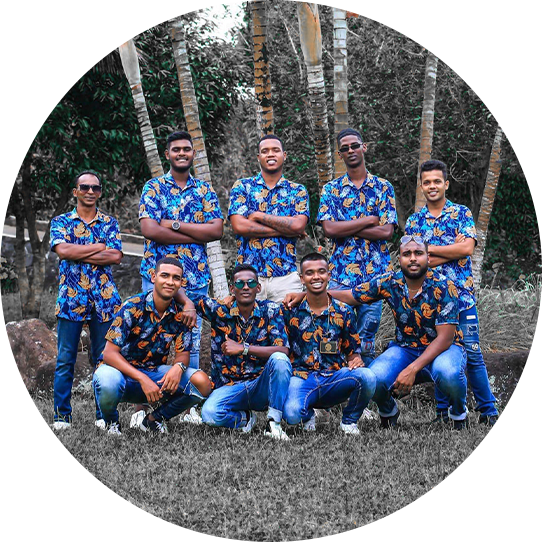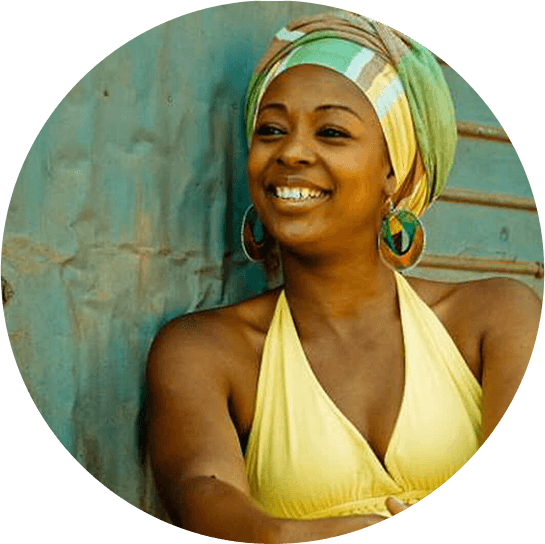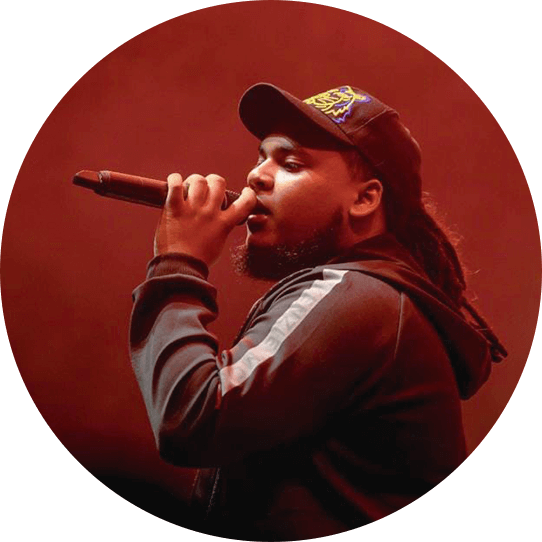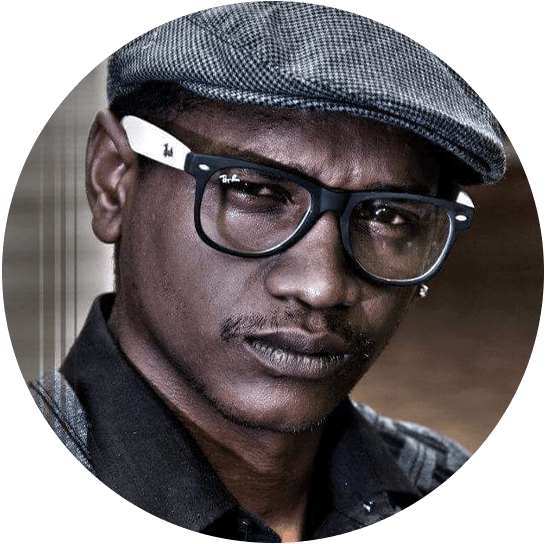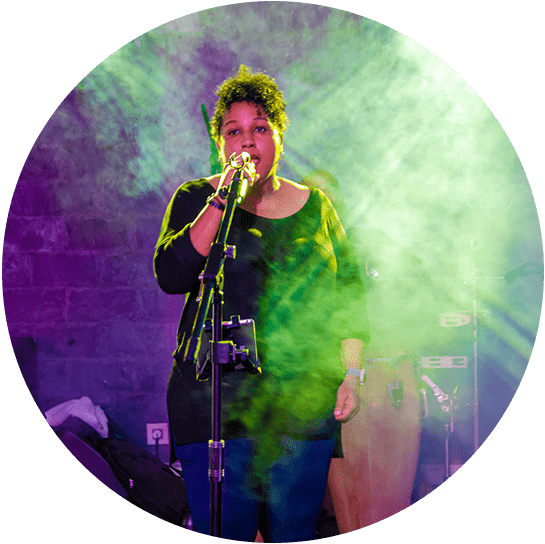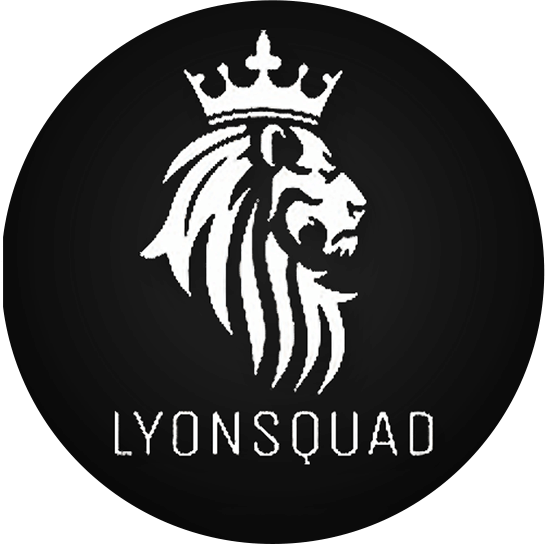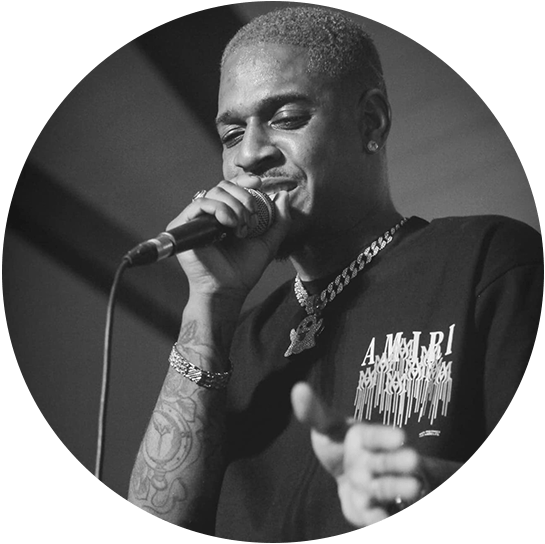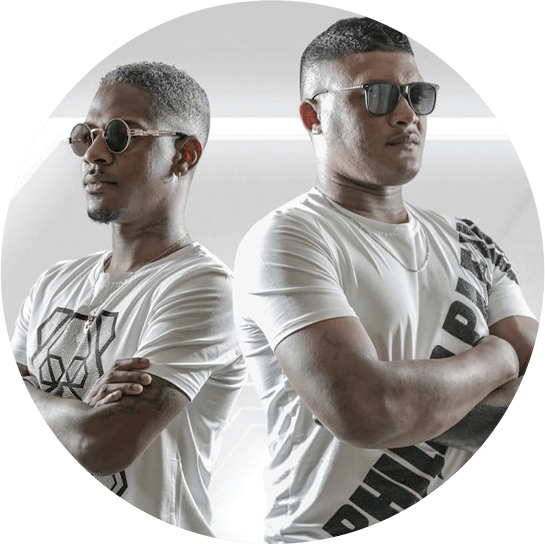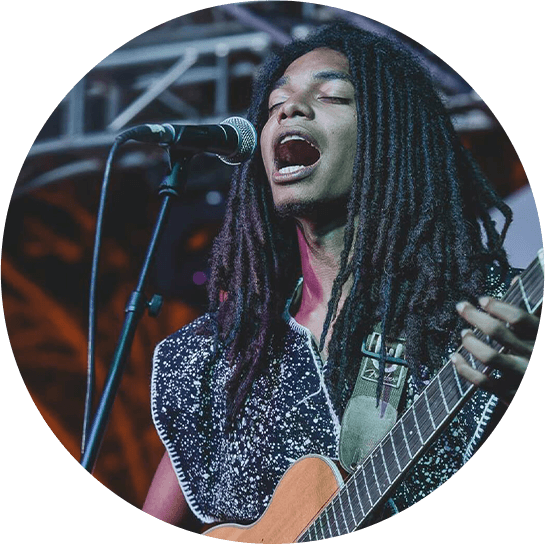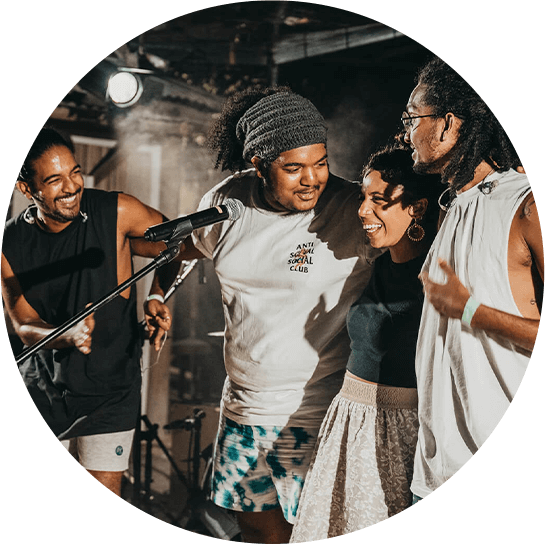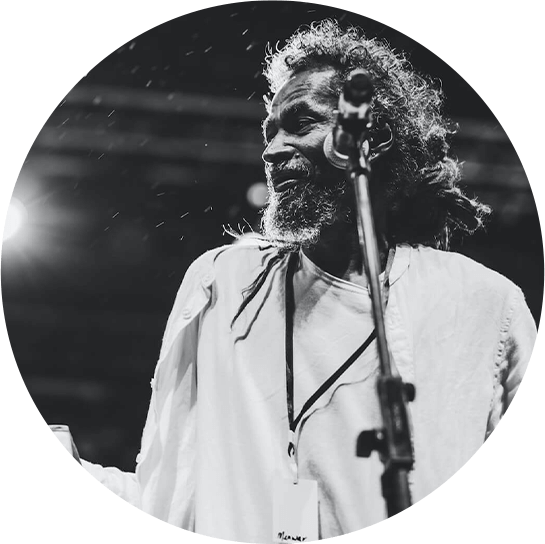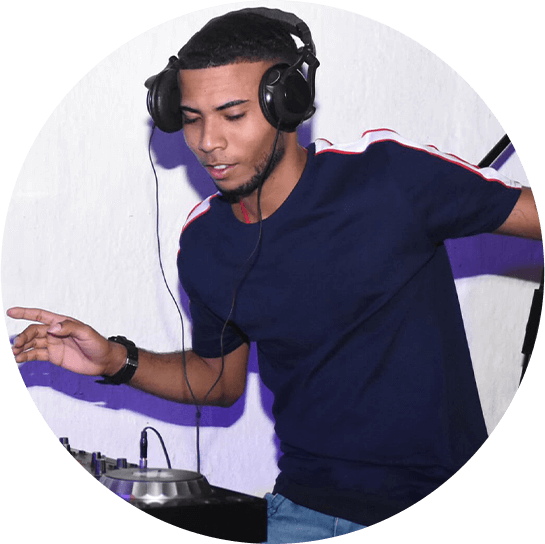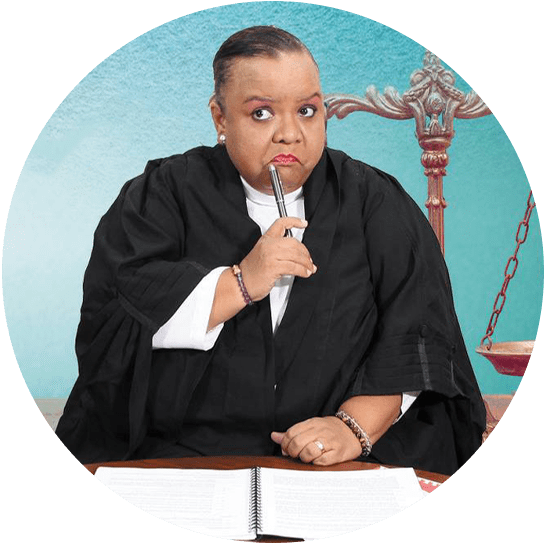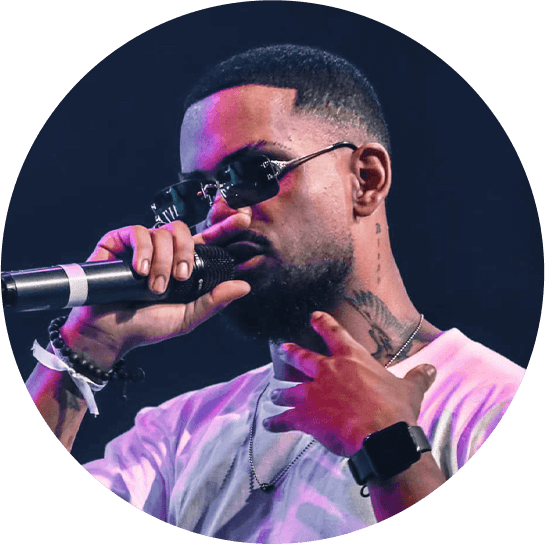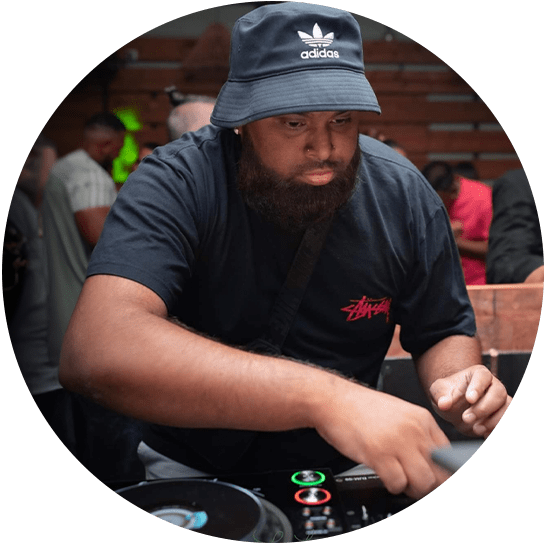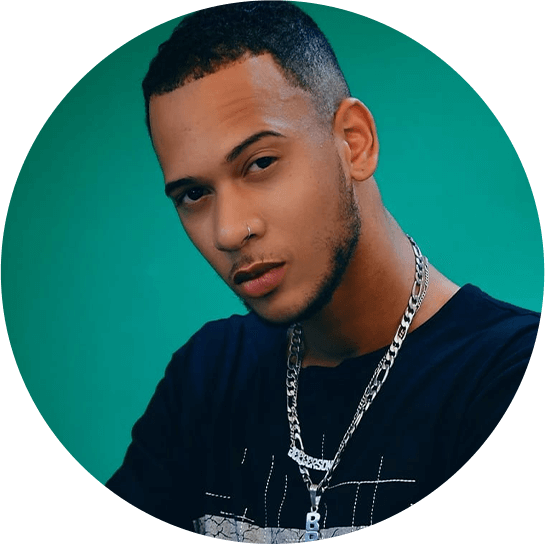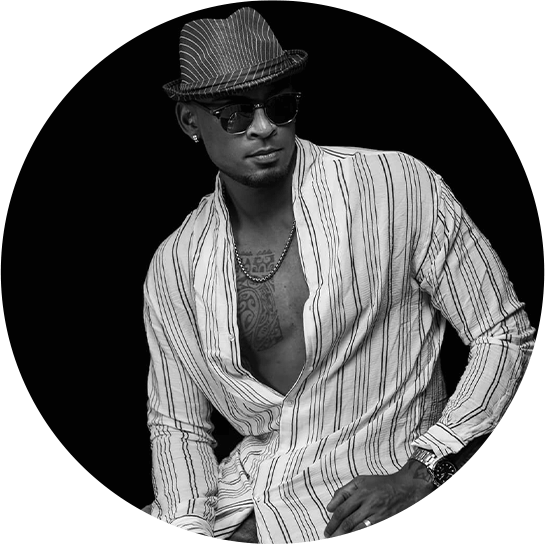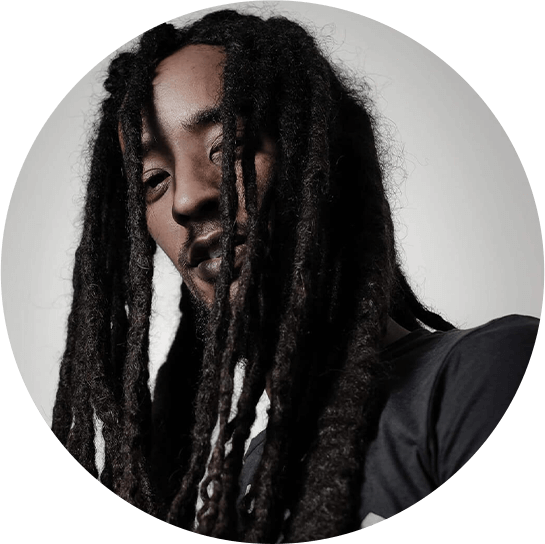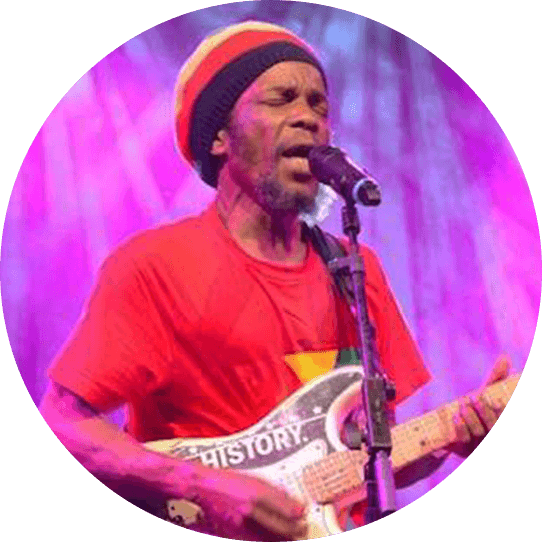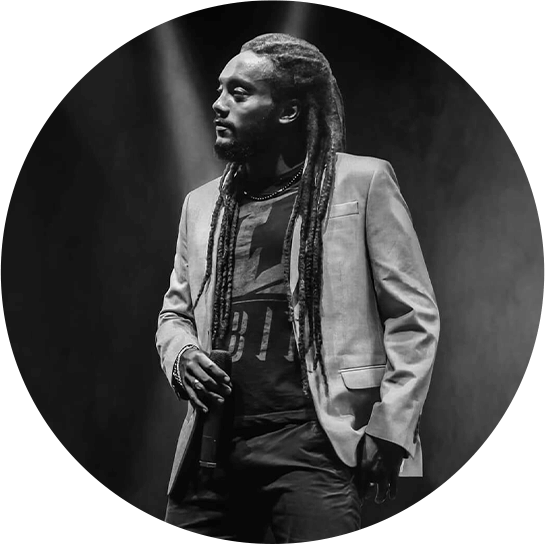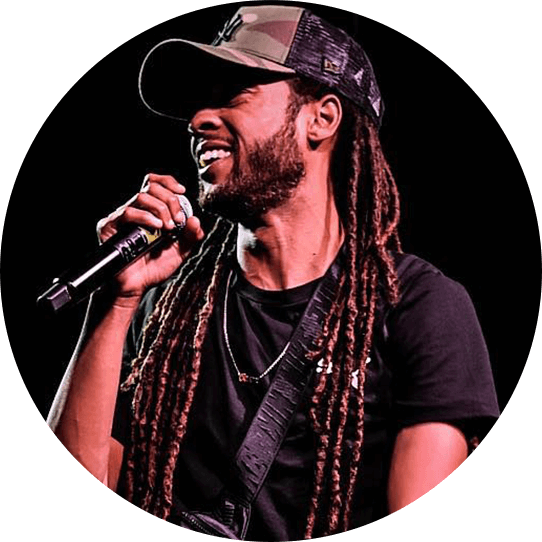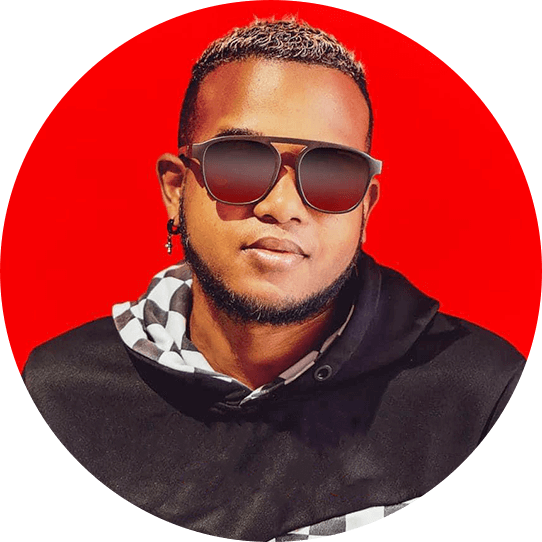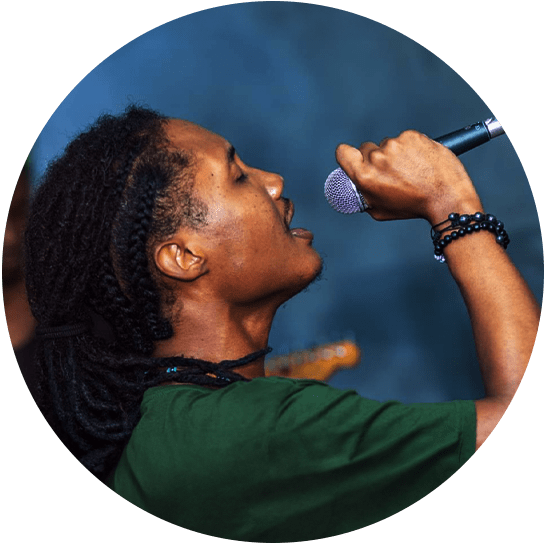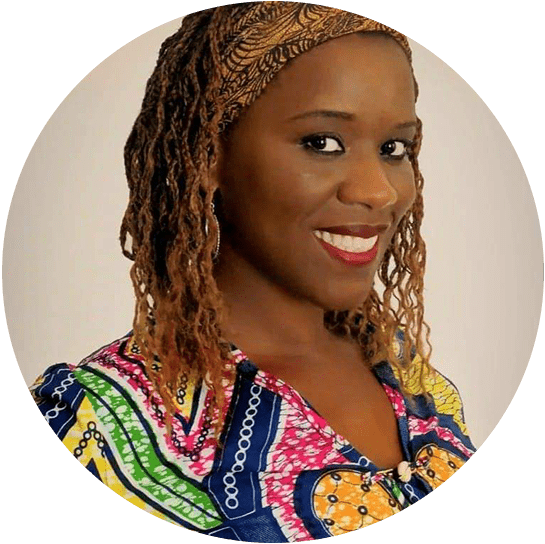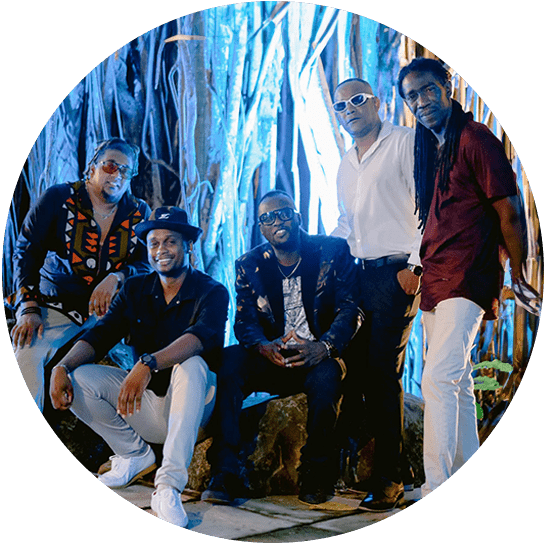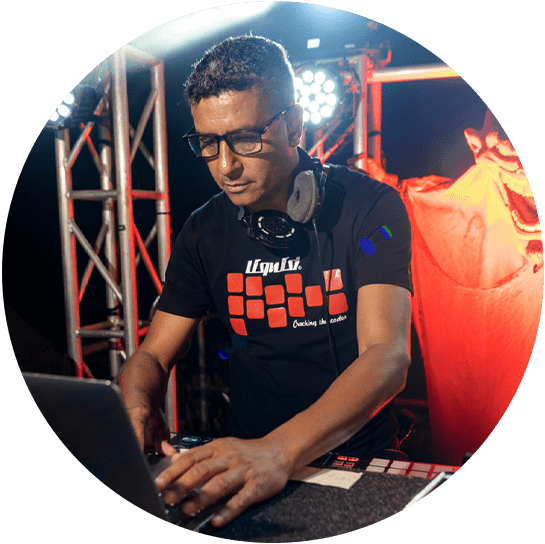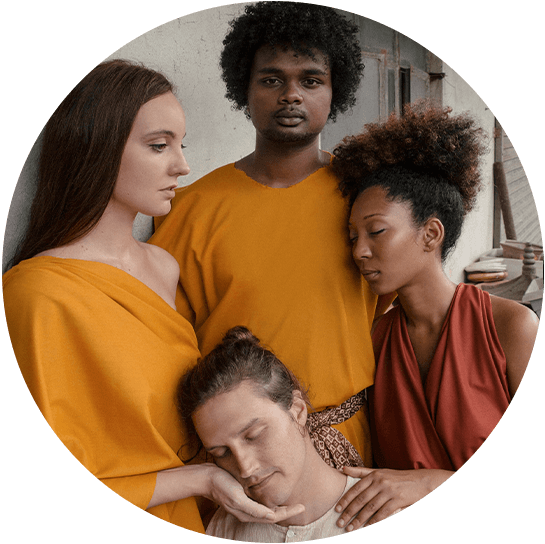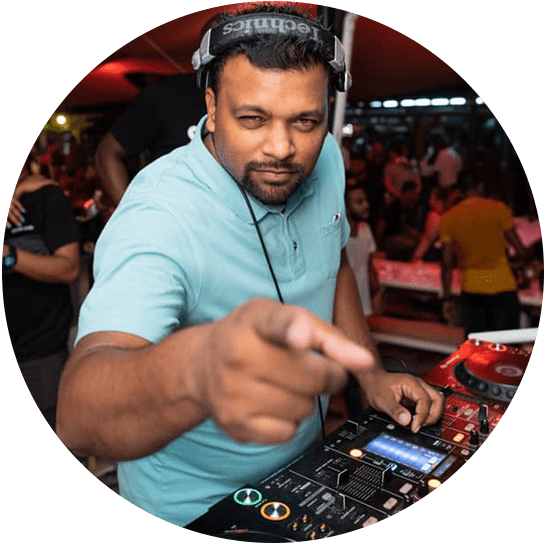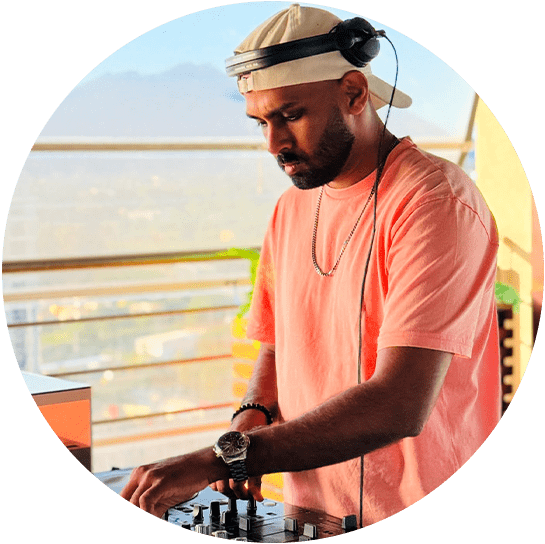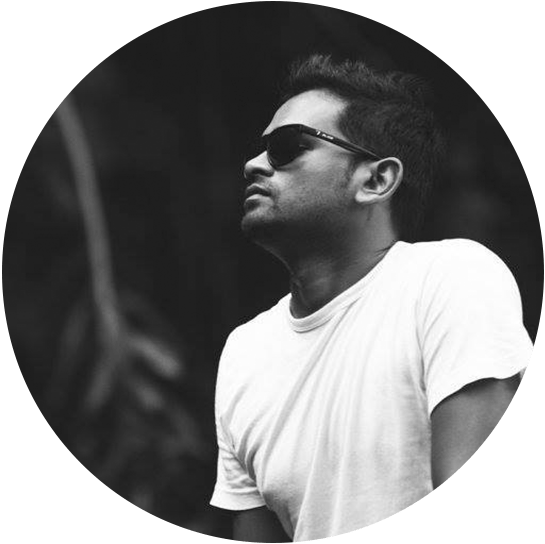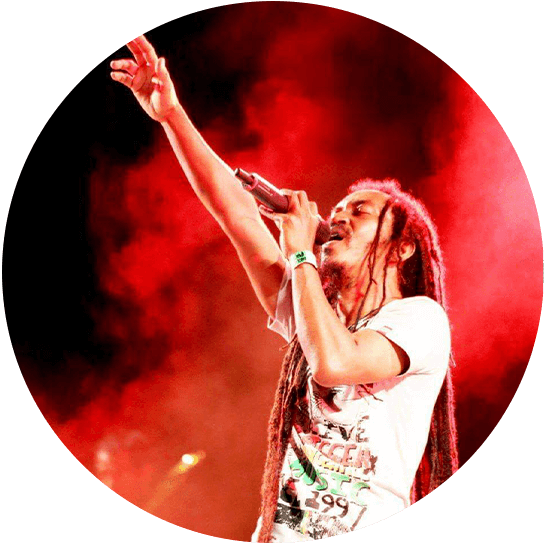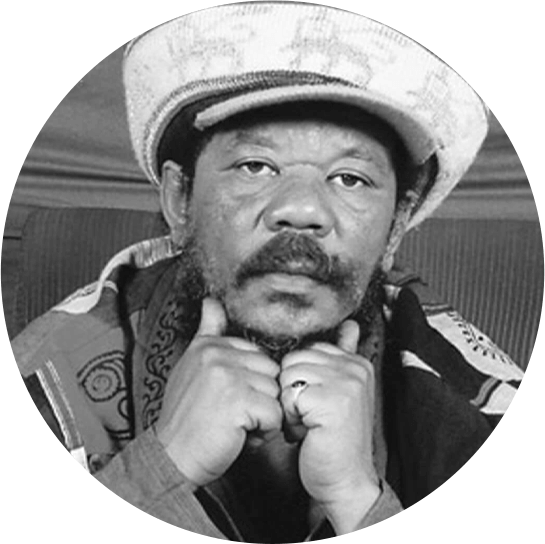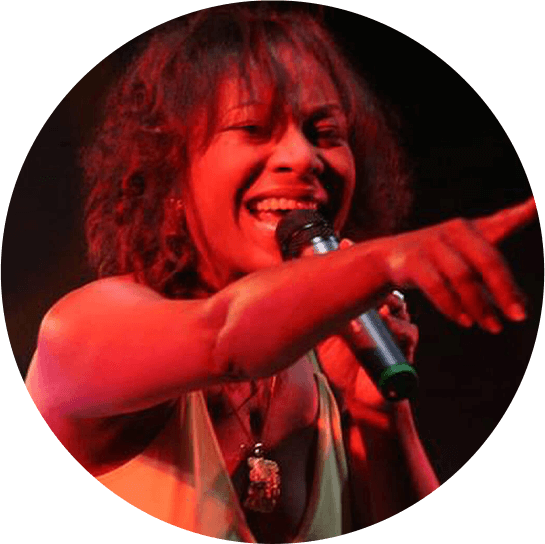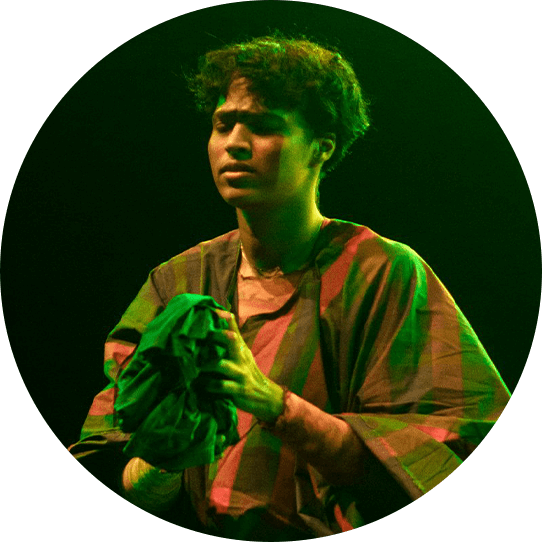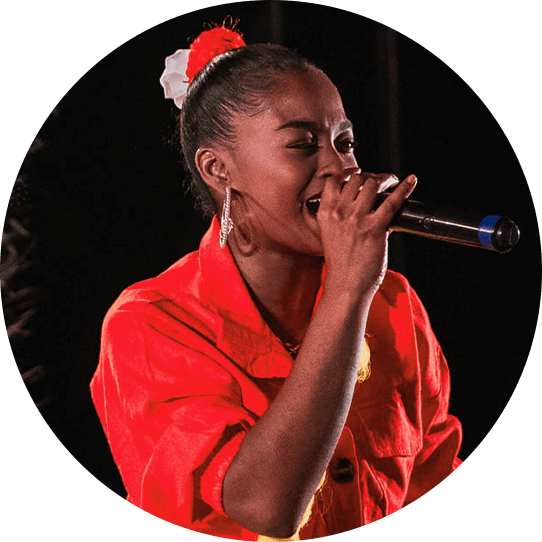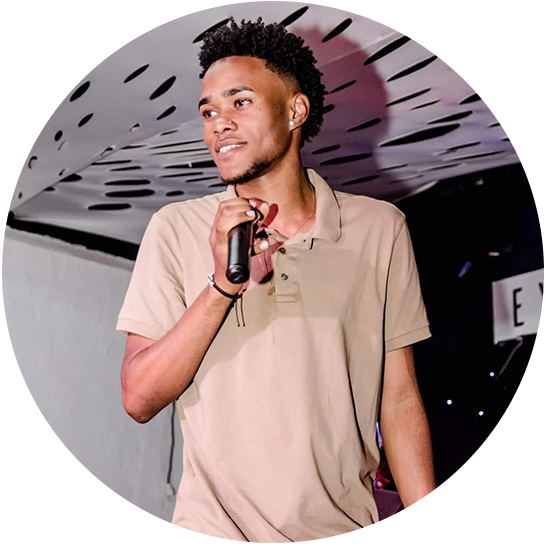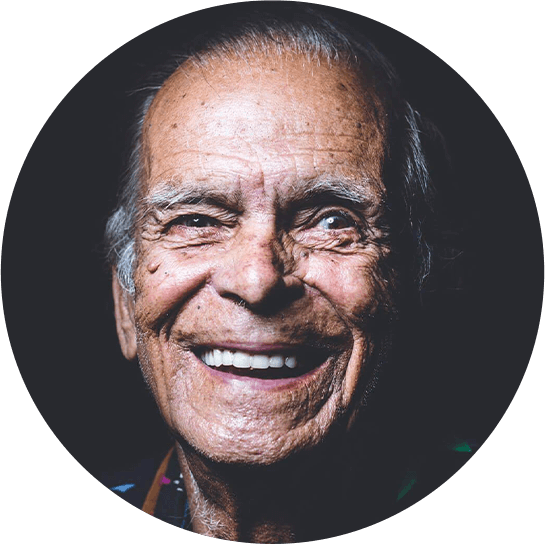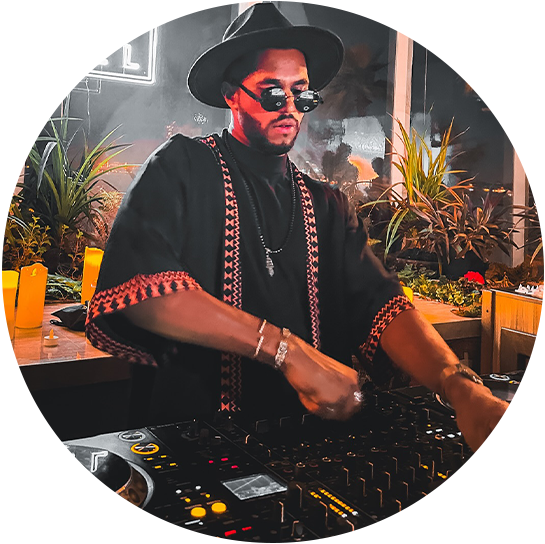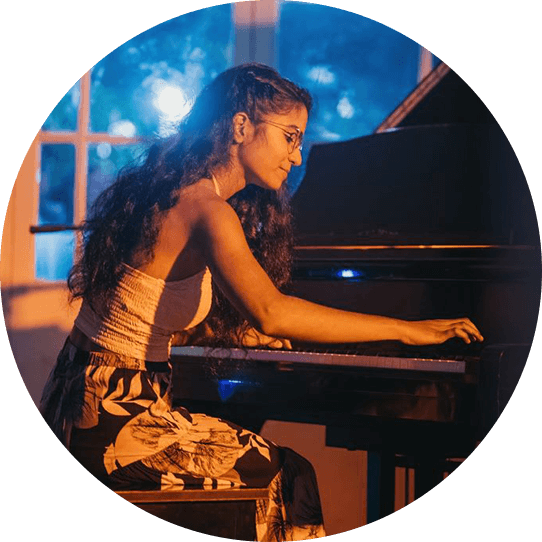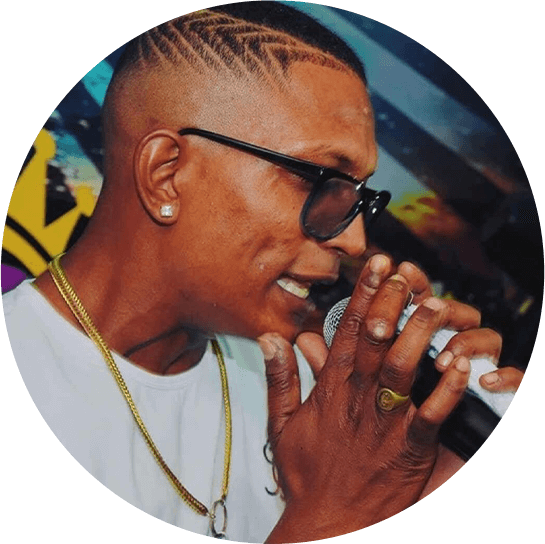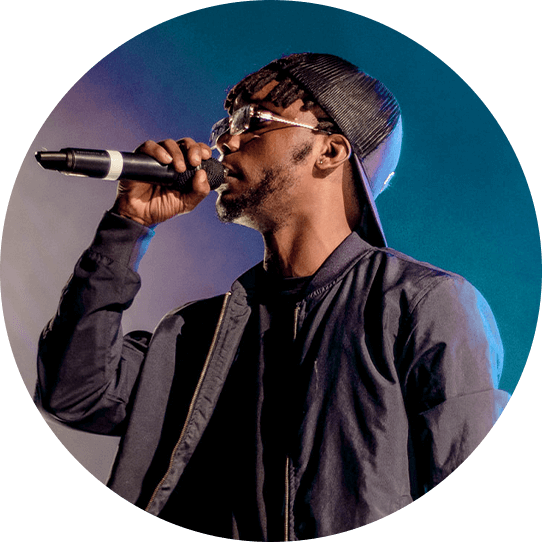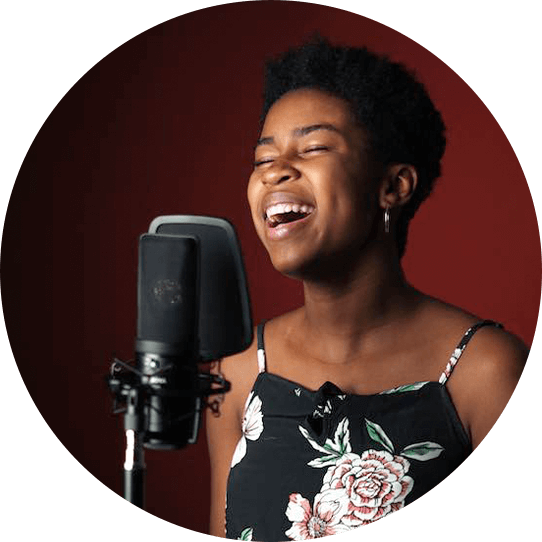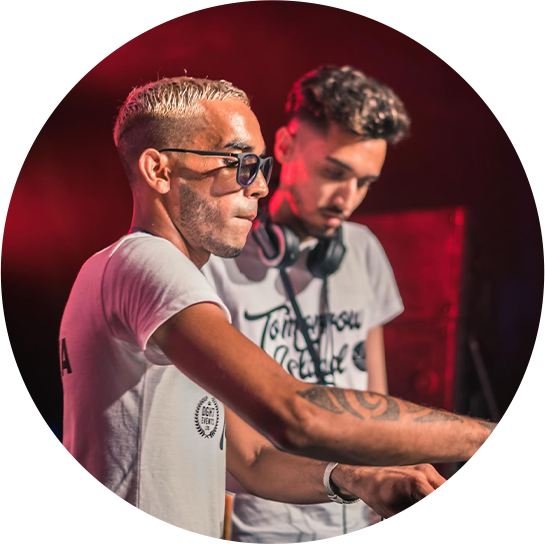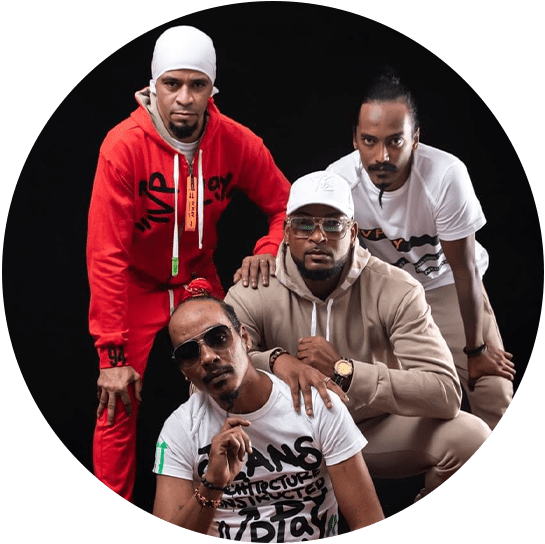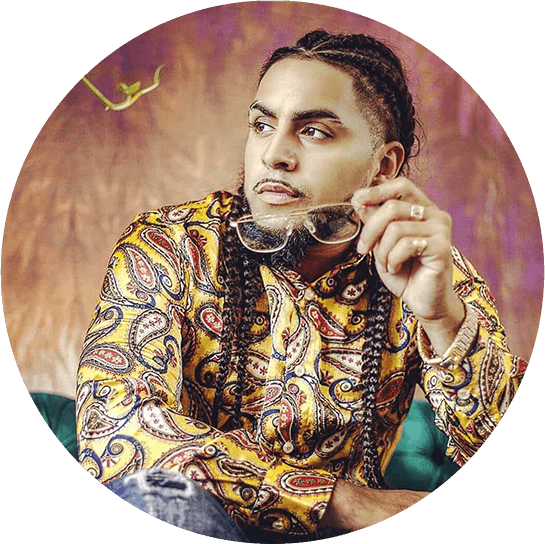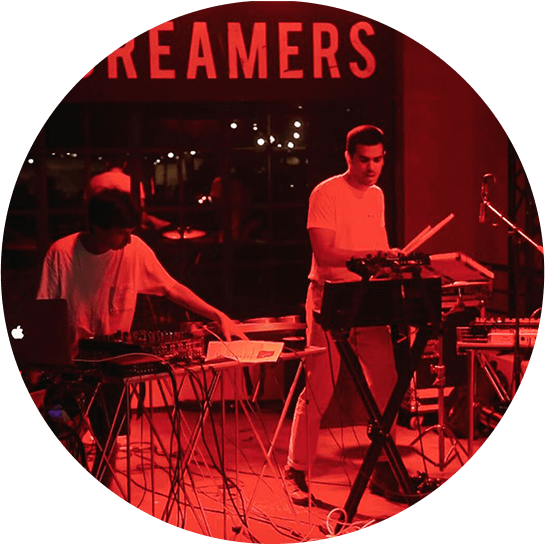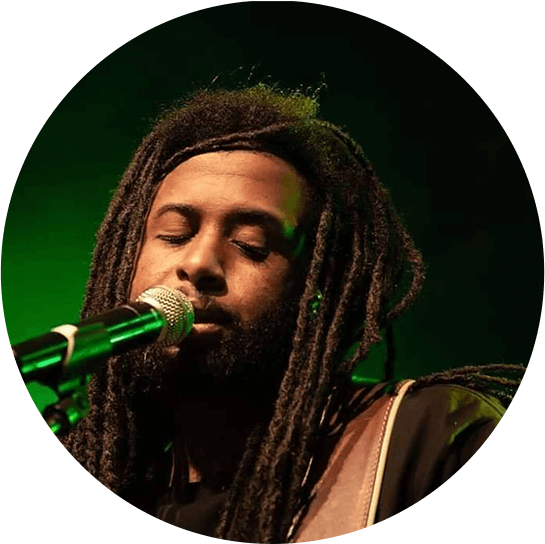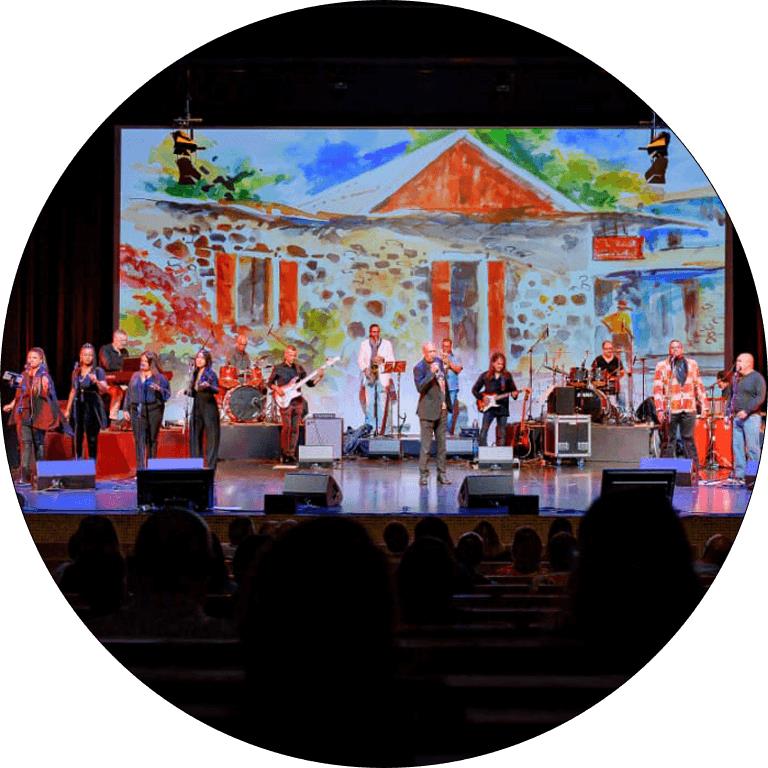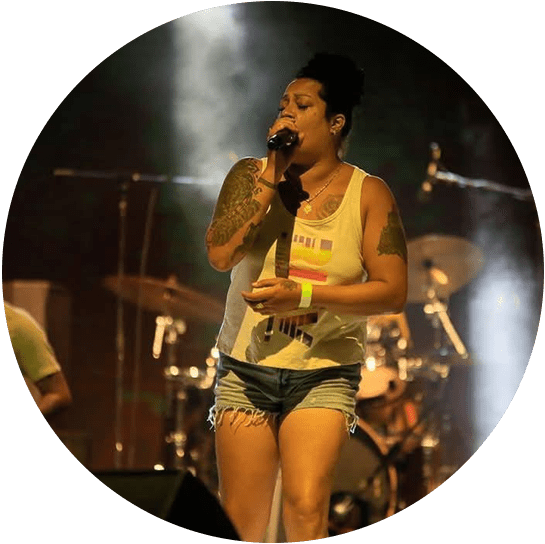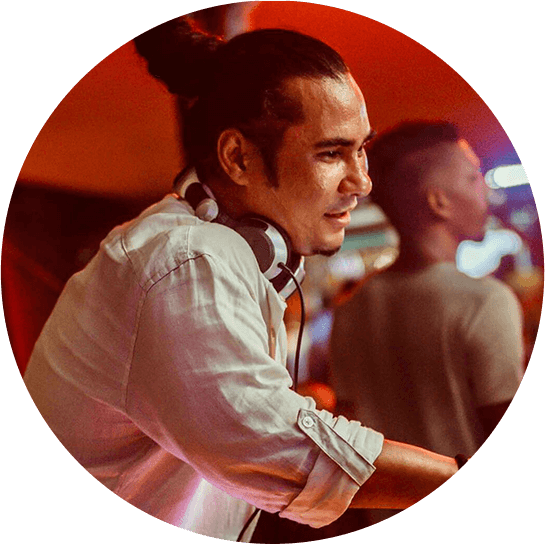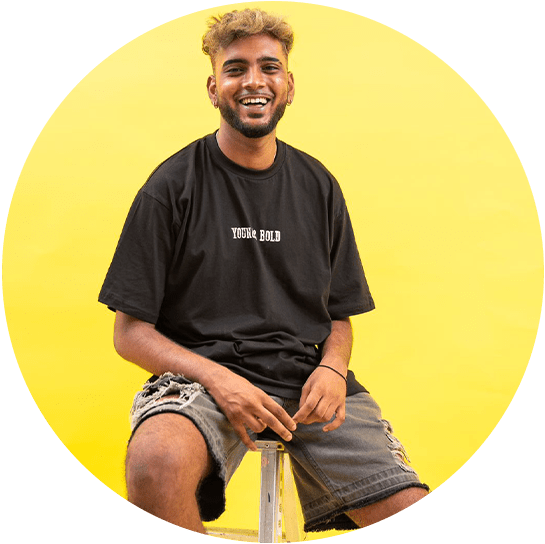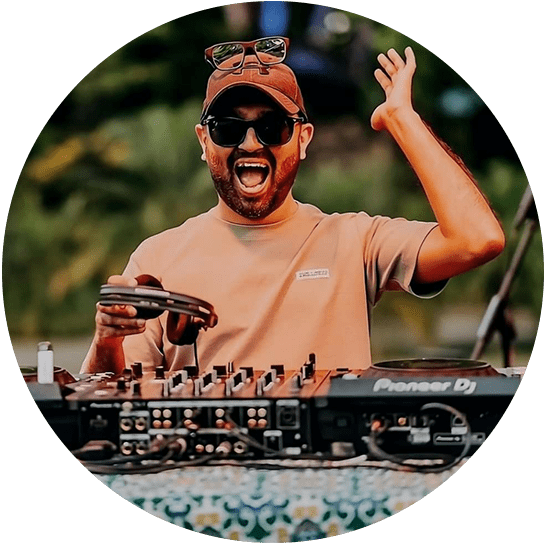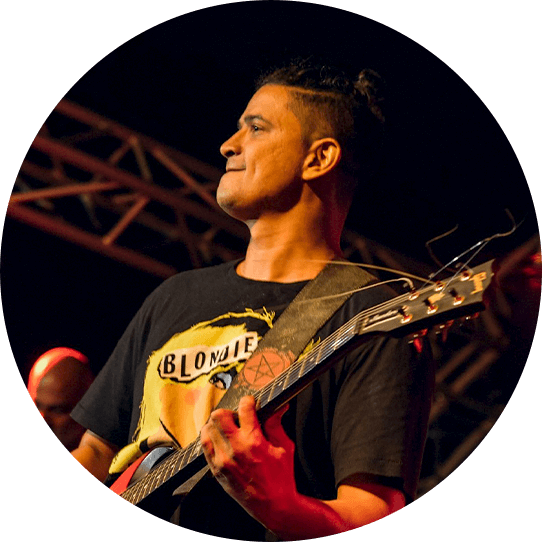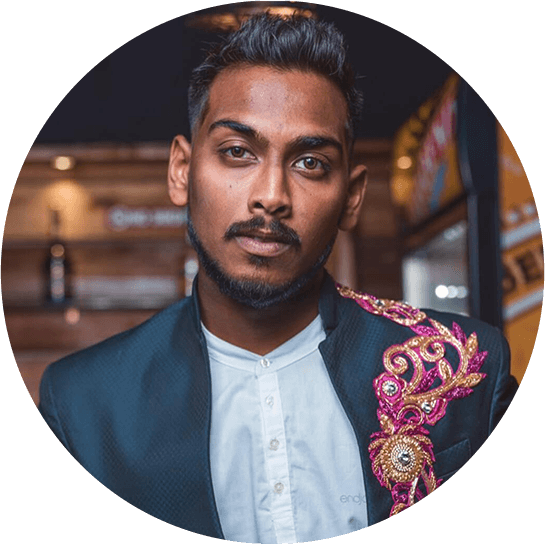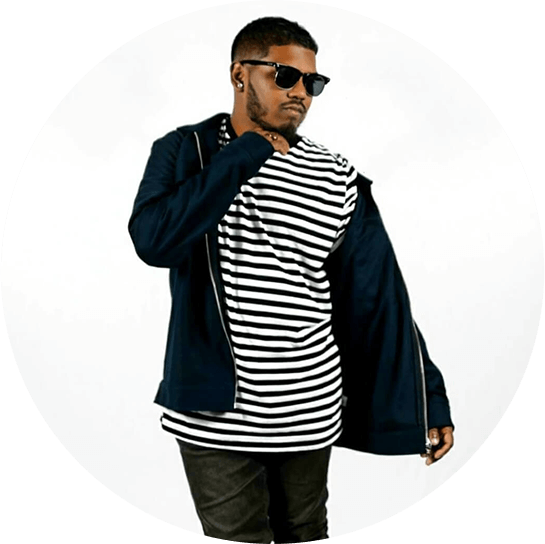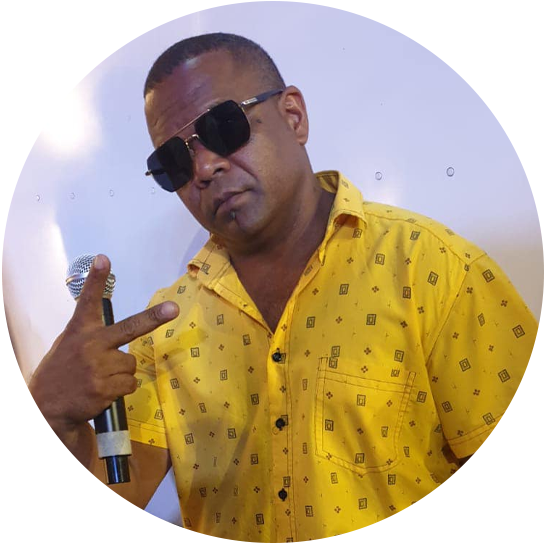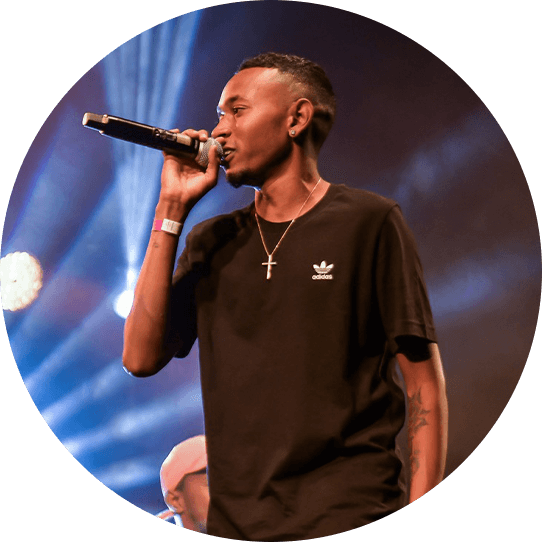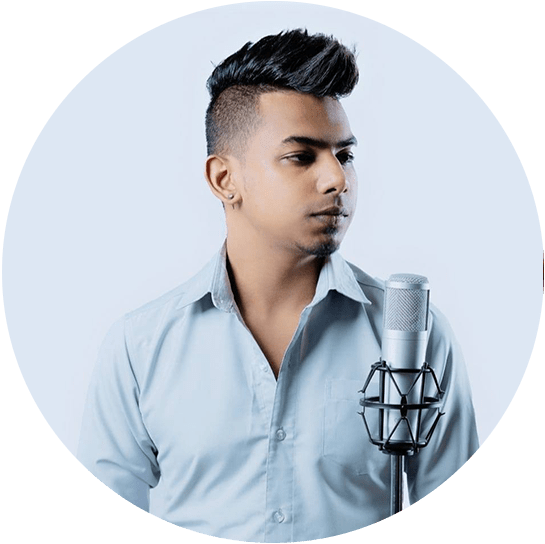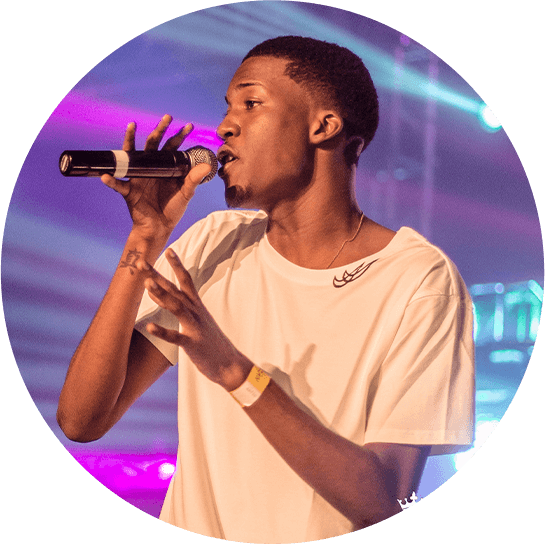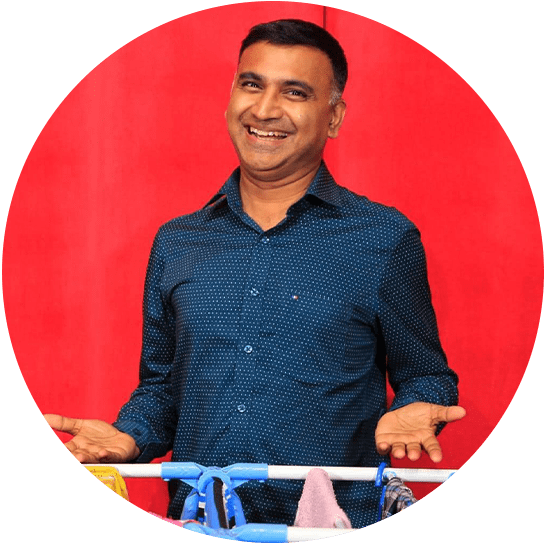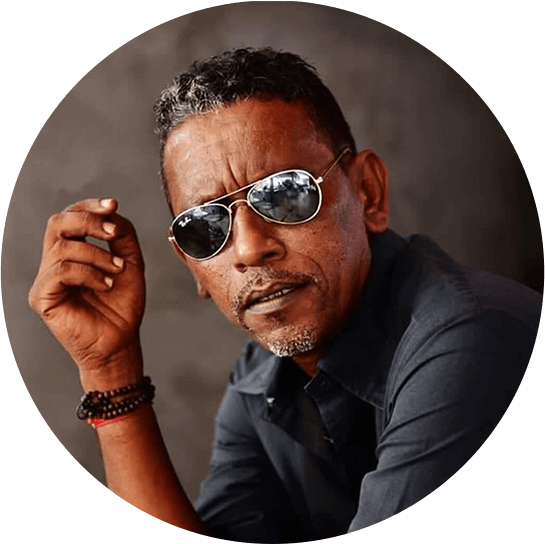Otentik Street Brothers (OSB)


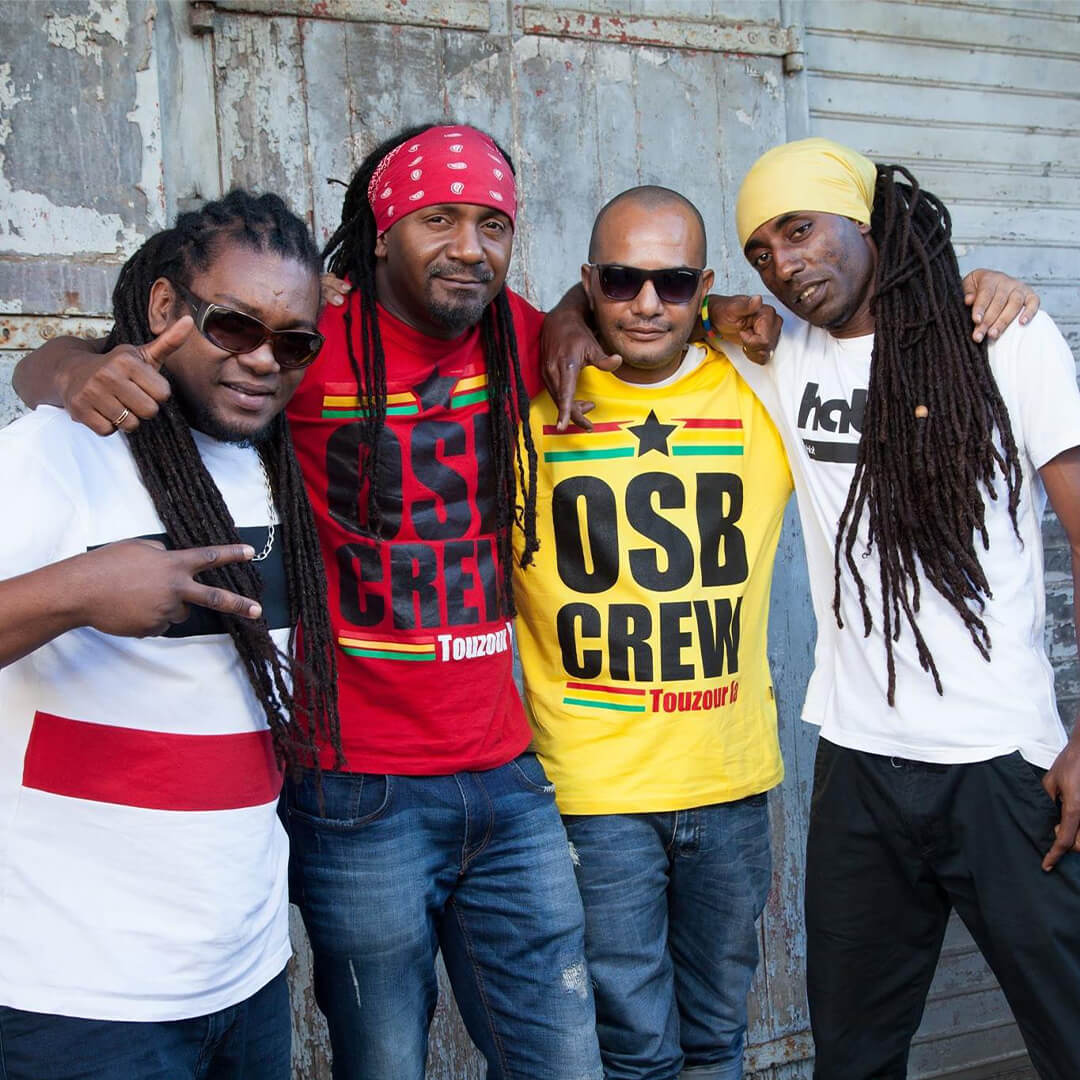

Formerly known as Street Brothers, Otentik Street Brothers had a big impact on the youngsters across Mauritius and especially those in the ghetto areas. Their music always spoke about the reality of Mauritius and also conveyed messages about living in ghetto areas.
The band started out with Bruno Raya and his brother Kenny and Jérôme Chamtyoo and in 1994, they released their first album, Ragga Kreol, with 10 tracks sung by Bruno Raya and Kenny. The band also welcomed new members the Bouton brothers, Amédé Leonide, Rudy Alexandre and Didier Lapierre. Their album was produced by Yamaha Music from Mauritius and Piros from Reunion Island. Street Brothers were the first in the Indian Ocean that recorded a raggamuffin album and had phenomenal success with 35,000 copies sold.
In 1996, Street Brothers released their second album, Expression Libéré, with Blakkayo as a new member and soon changed their name to Otentik Street Brothers, also known as OSB. With a series of concerts, OSB also welcomed several artists on stage to perform together. The most memorable artist remains Kaya, king of the seggae, at Chamarel in 1998. In 2000, OSB together with new members Daggar Killa and Tikenzo released their third album titled, Nou Ki La. The fourth album, Revey Twa, was released four years later in 2004.
With the release of their fourth album, the band gained major recognition and toured in Europe in 2007. OSB participated in the Summerjam Festival in Germany, in Colours of Ostrava & Rock for People Festival in Czech Republic, Nuke Festival in Austria, Socha Reggae Riversplash in Slovenia and Dunya Festival in the Netherlands.
In 2019, to celebrate the 27 years of the band, OSB performed at Backstage, at Ebene. OSB is aware of how their music impacted the youngsters of Mauritius and still believes in talking about living in the ghetto and various social problems through their music.
Otentik Street Brothers (OSB) Biography
Formerly known as Street Brothers, Otentik Street Brothers had a big impact on the youngsters across Mauritius and especially those in the ghetto areas. Their music always spoke about the reality of Mauritius and also conveyed messages about living in ghetto areas.
The band started out with Bruno Raya and his brother Kenny and Jérôme Chamtyoo and in 1994, they released their first album, Ragga Kreol, with 10 tracks sung by Bruno Raya and Kenny. The band also welcomed new members the Bouton brothers, Amédé Leonide, Rudy Alexandre and Didier Lapierre. Their album was produced by Yamaha Music from Mauritius and Piros from Reunion Island. Street Brothers were the first in the Indian Ocean that recorded a raggamuffin album and had phenomenal success with 35,000 copies sold.
In 1996, Street Brothers released their second album, Expression Libéré, with Blakkayo as a new member and soon changed their name to Otentik Street Brothers, also known as OSB. With a series of concerts, OSB also welcomed several artists on stage to perform together. The most memorable artist remains Kaya, king of the seggae, at Chamarel in 1998. In 2000, OSB together with new members Daggar Killa and Tikenzo released their third album titled, Nou Ki La. The fourth album, Revey Twa, was released four years later in 2004.
With the release of their fourth album, the band gained major recognition and toured in Europe in 2007. OSB participated in the Summerjam Festival in Germany, in Colours of Ostrava & Rock for People Festival in Czech Republic, Nuke Festival in Austria, Socha Reggae Riversplash in Slovenia and Dunya Festival in the Netherlands.
In 2019, to celebrate the 27 years of the band, OSB performed at Backstage, at Ebene. OSB is aware of how their music impacted the youngsters of Mauritius and still believes in talking about living in the ghetto and various social problems through their music.
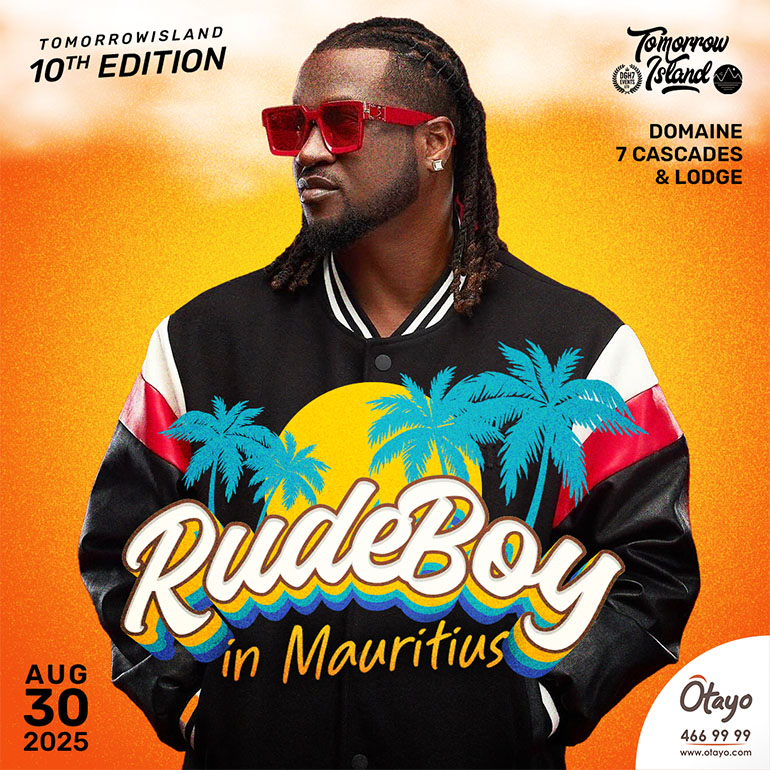

RudeBoy In Mauritius
Two African superstars are landing to shake up the island — and we’re not talking about just anyone. First, the legendary Rudeboy, Nigeria’s iconic Afrobeats heavyweight, teams up with Nelly Nelson, a rising star from Lagos, to ignite the stage with electrifying e...
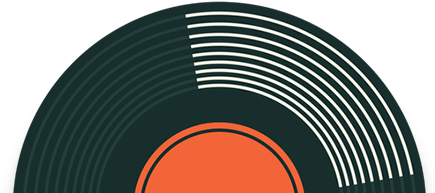





























































More About Otentik Street Brothers (OSB)




.svg)




